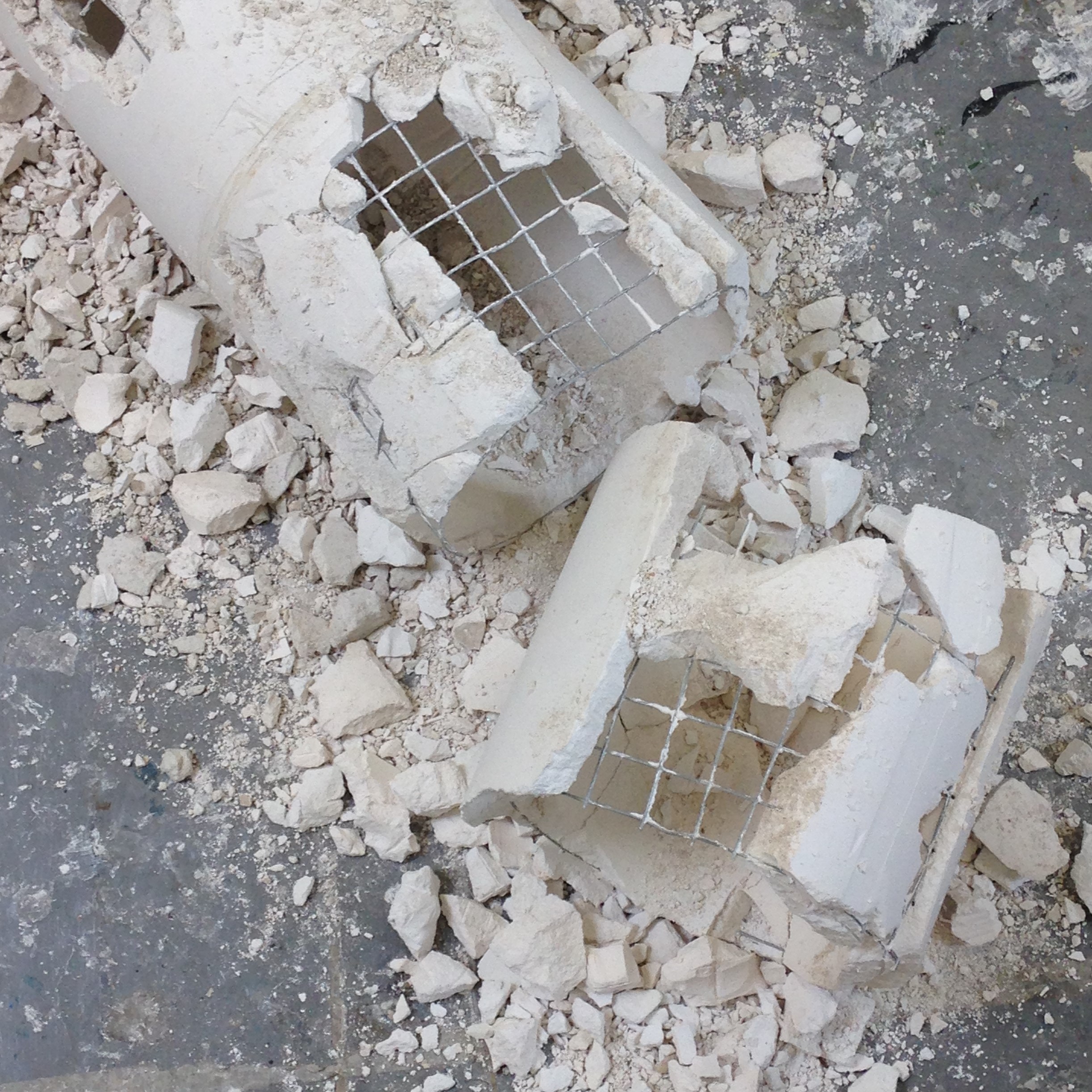
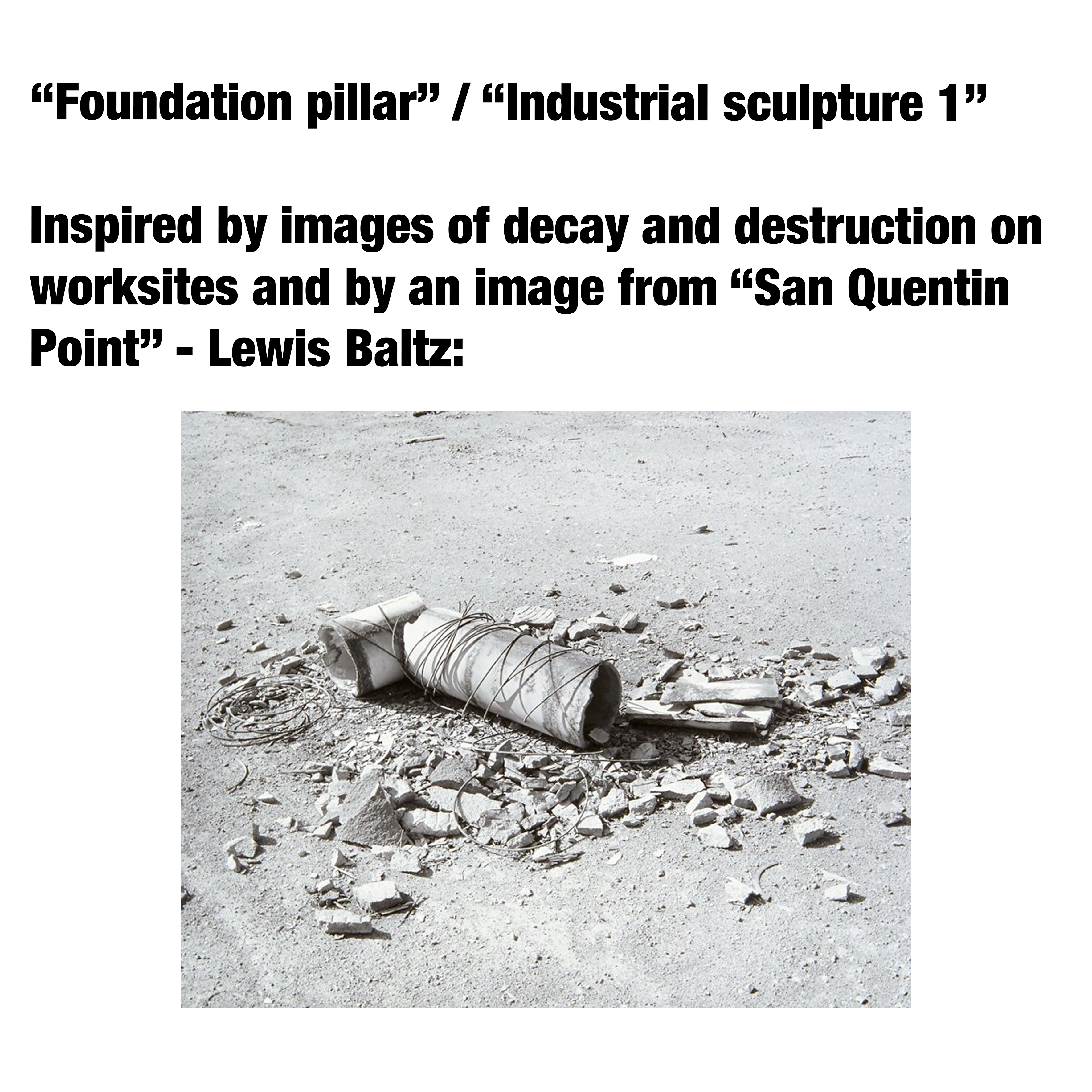


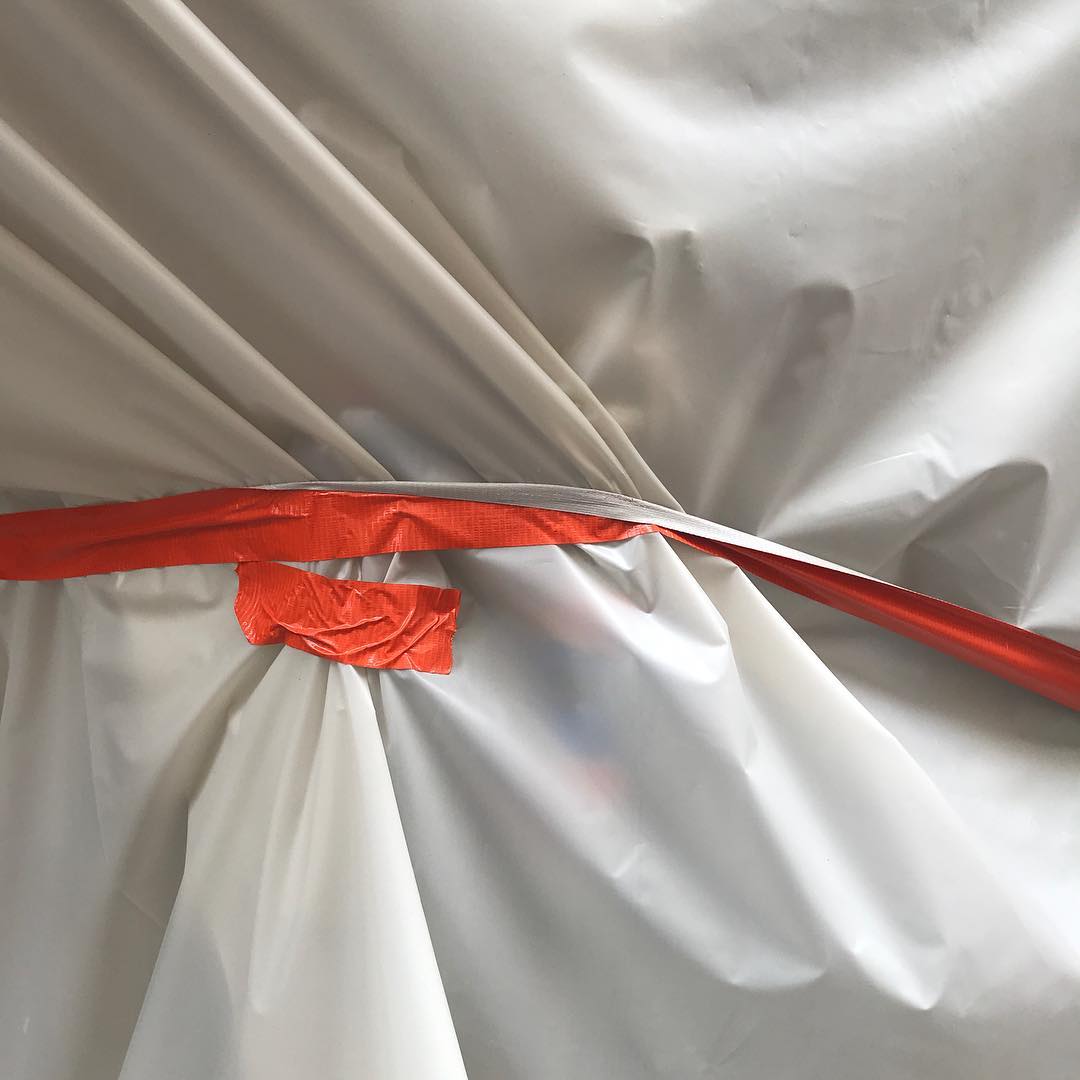

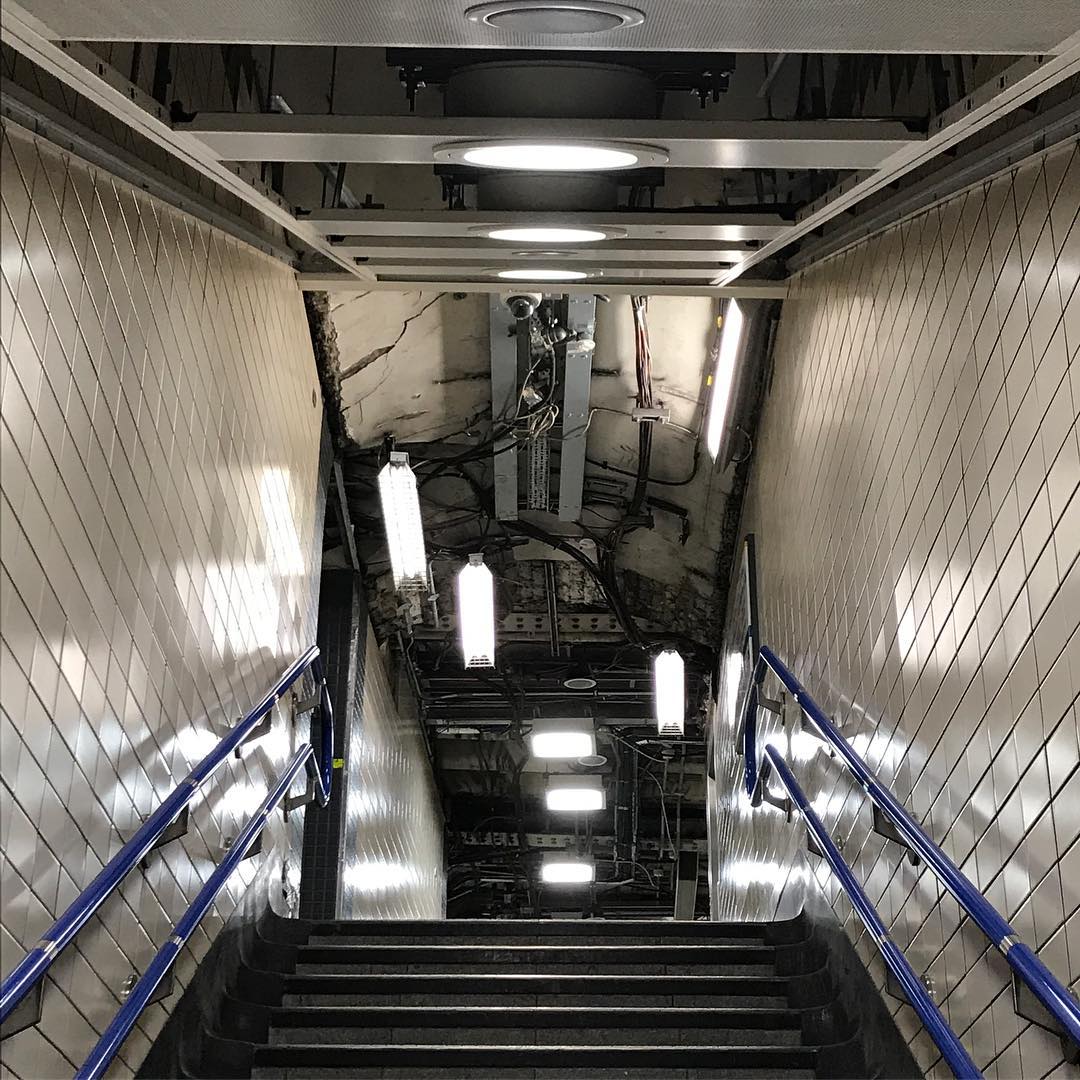


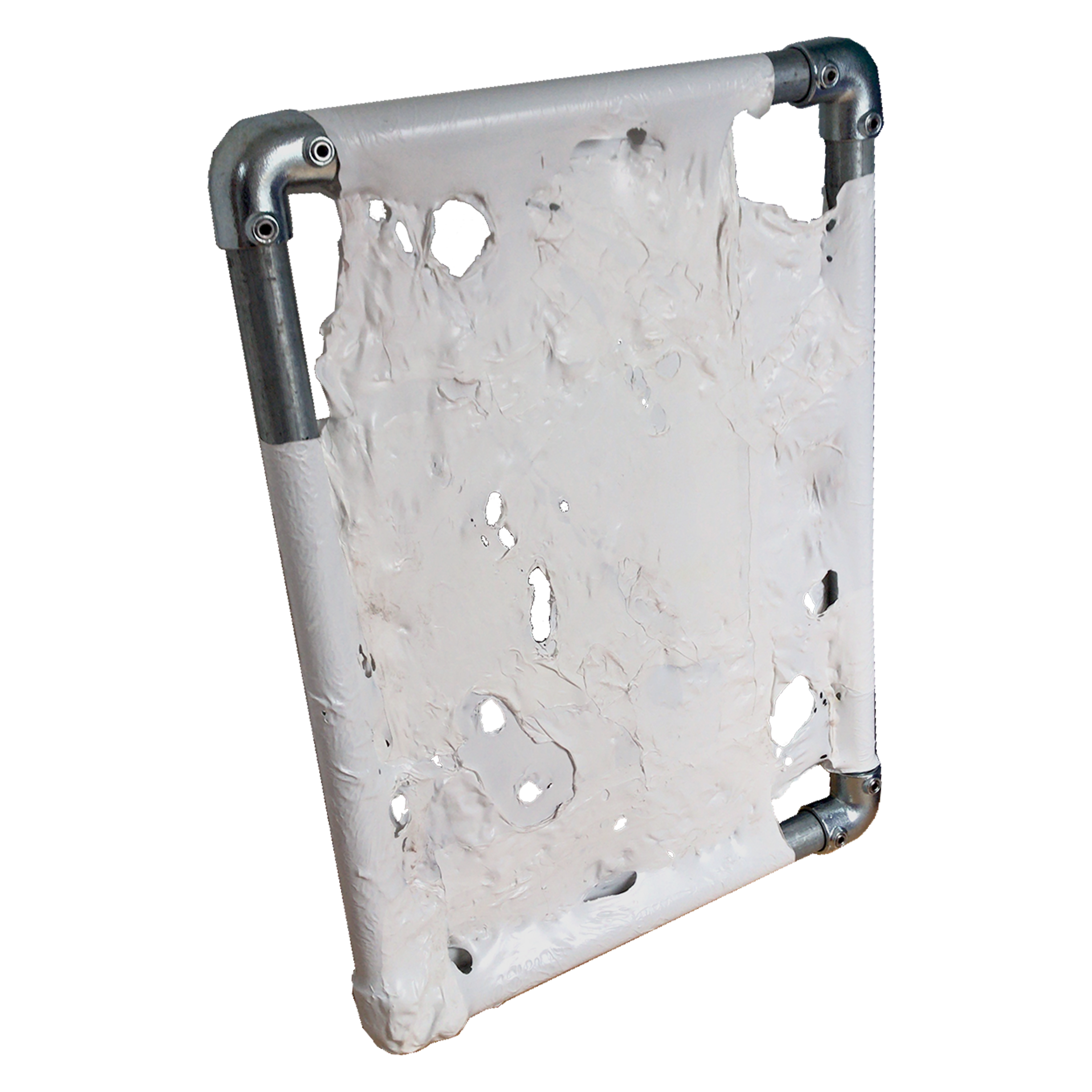




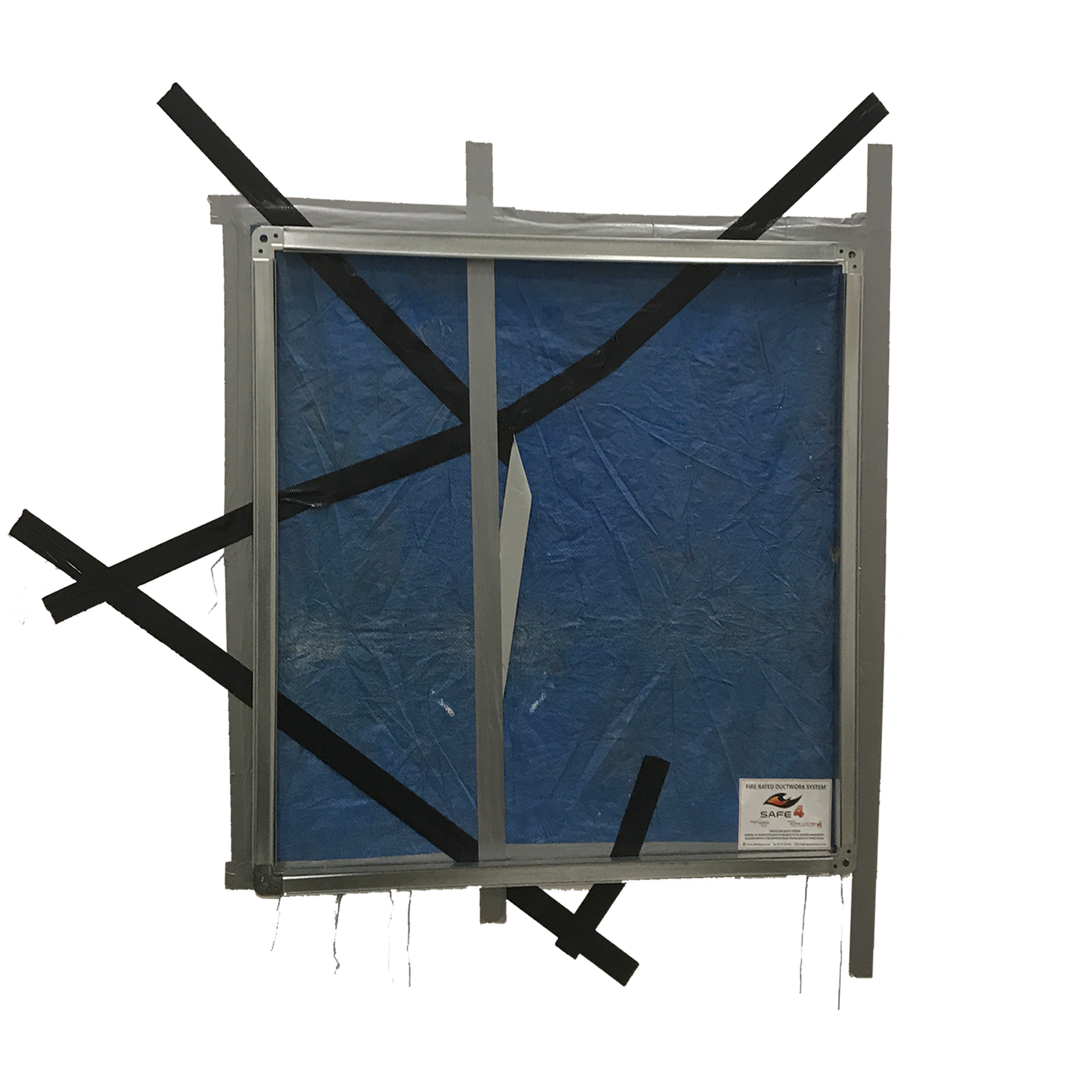
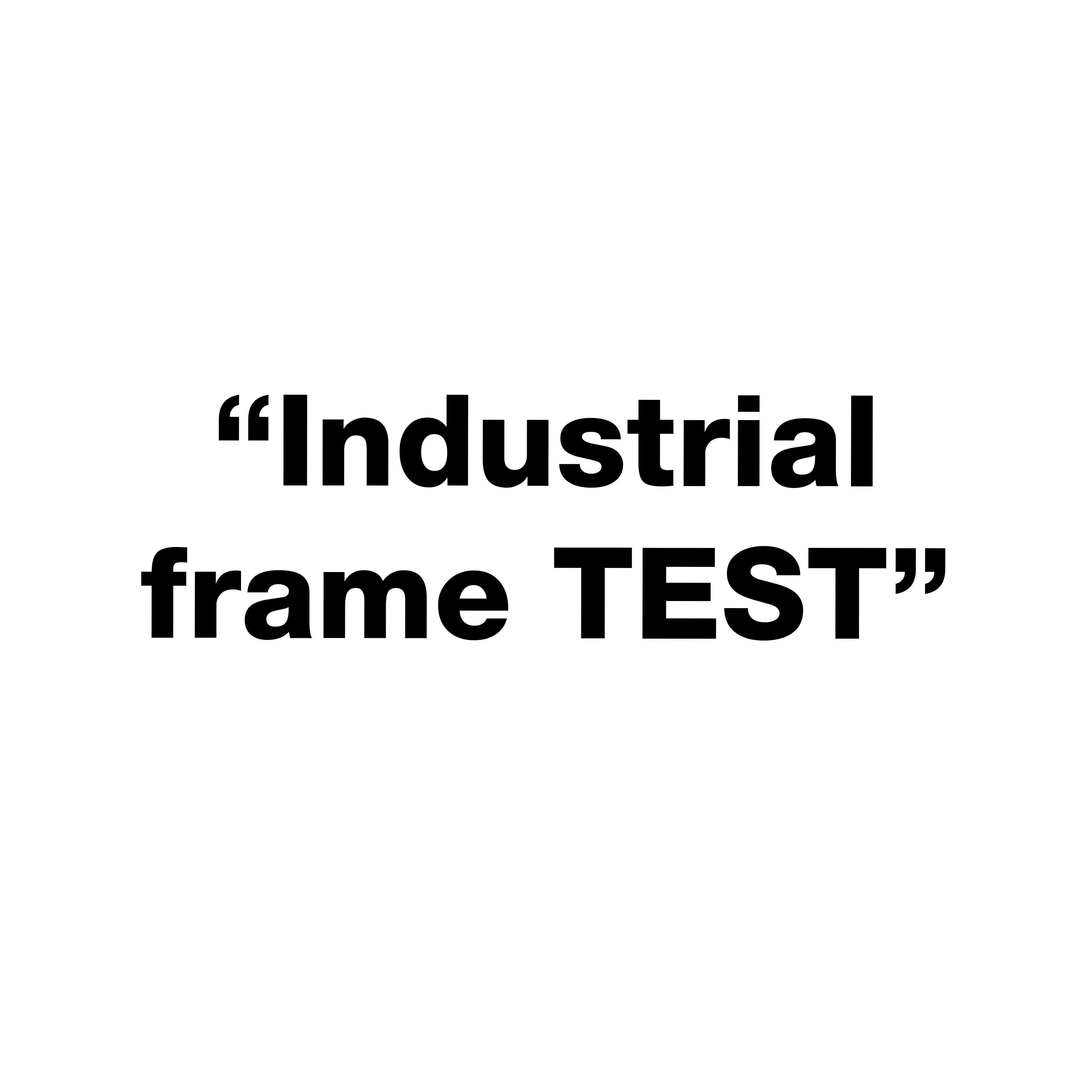



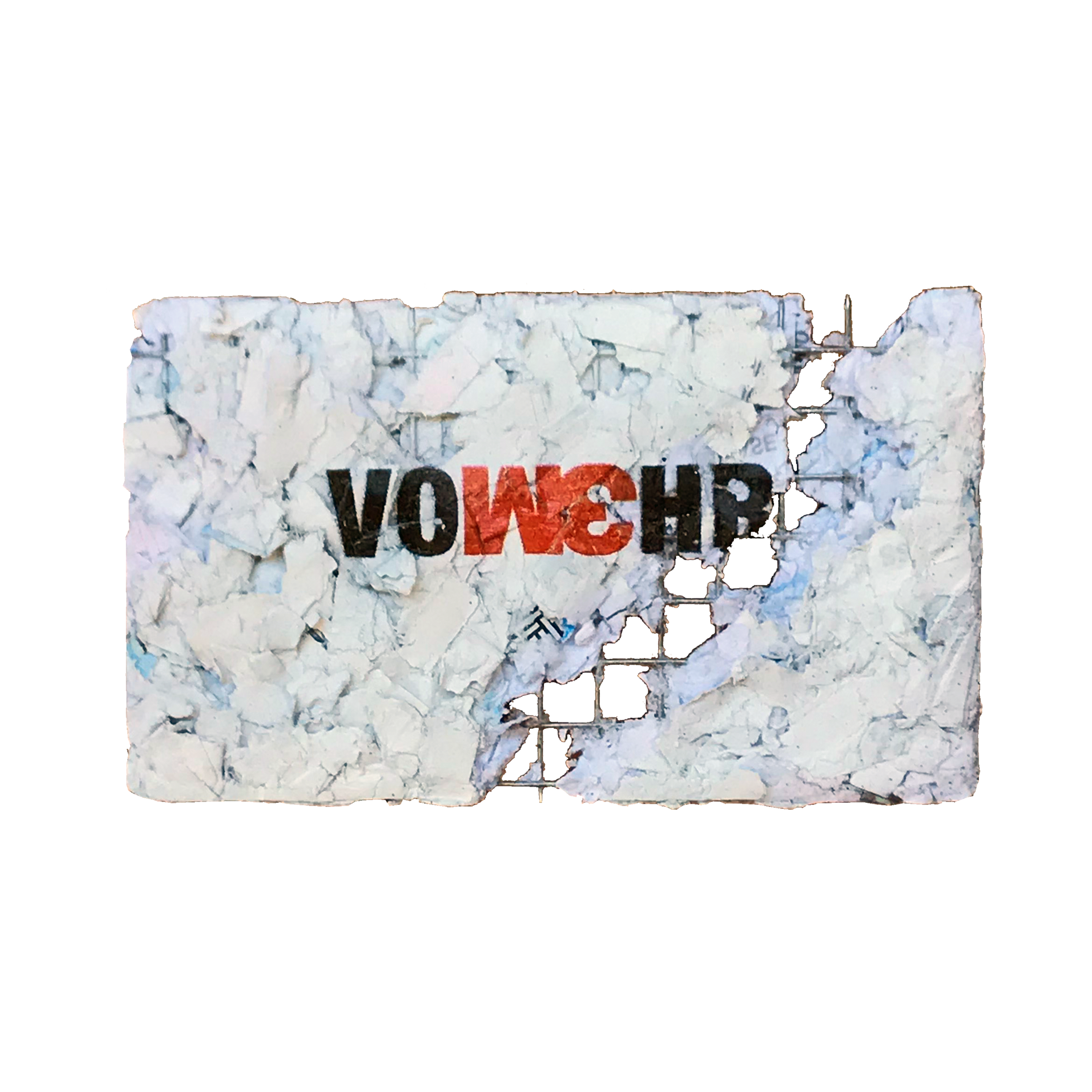


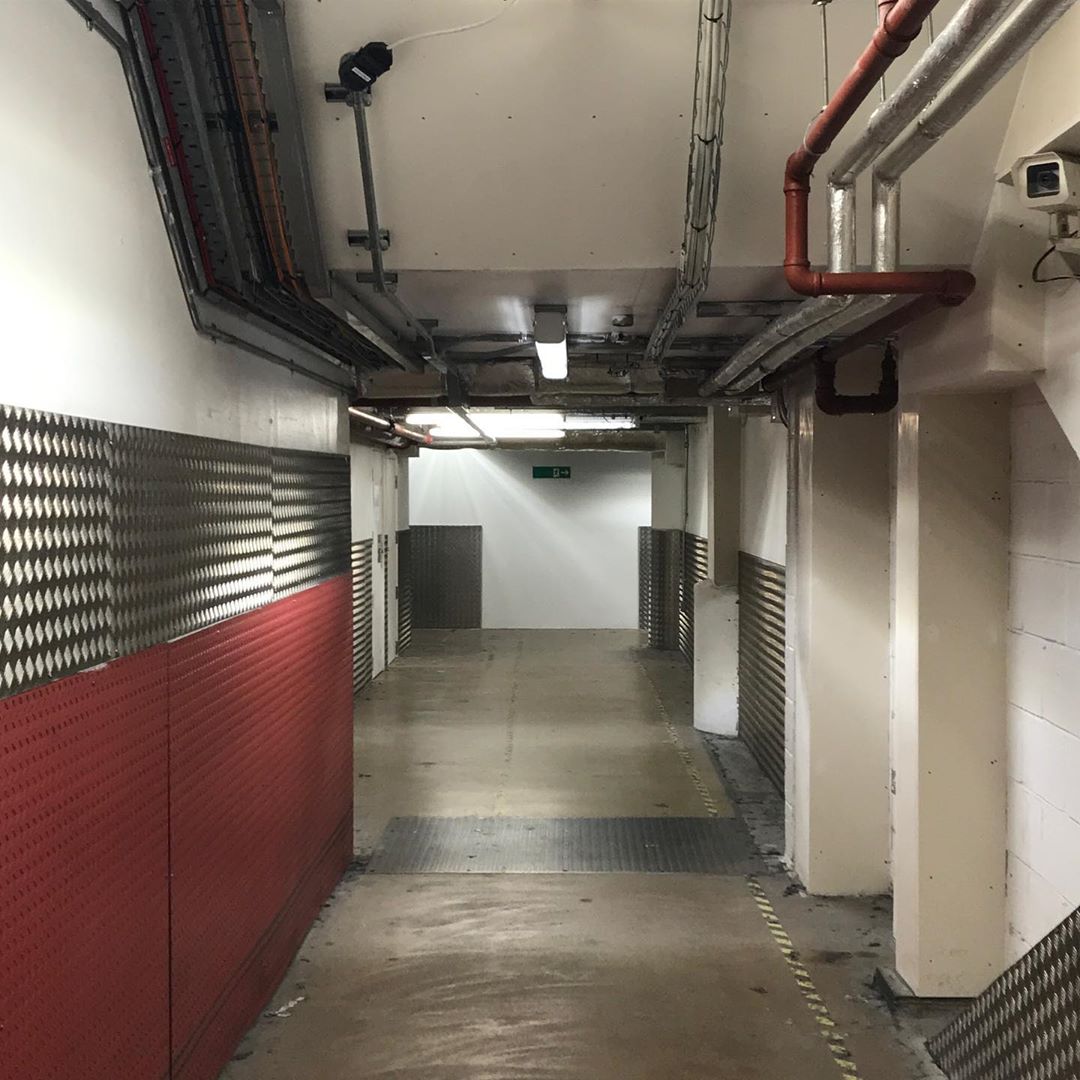

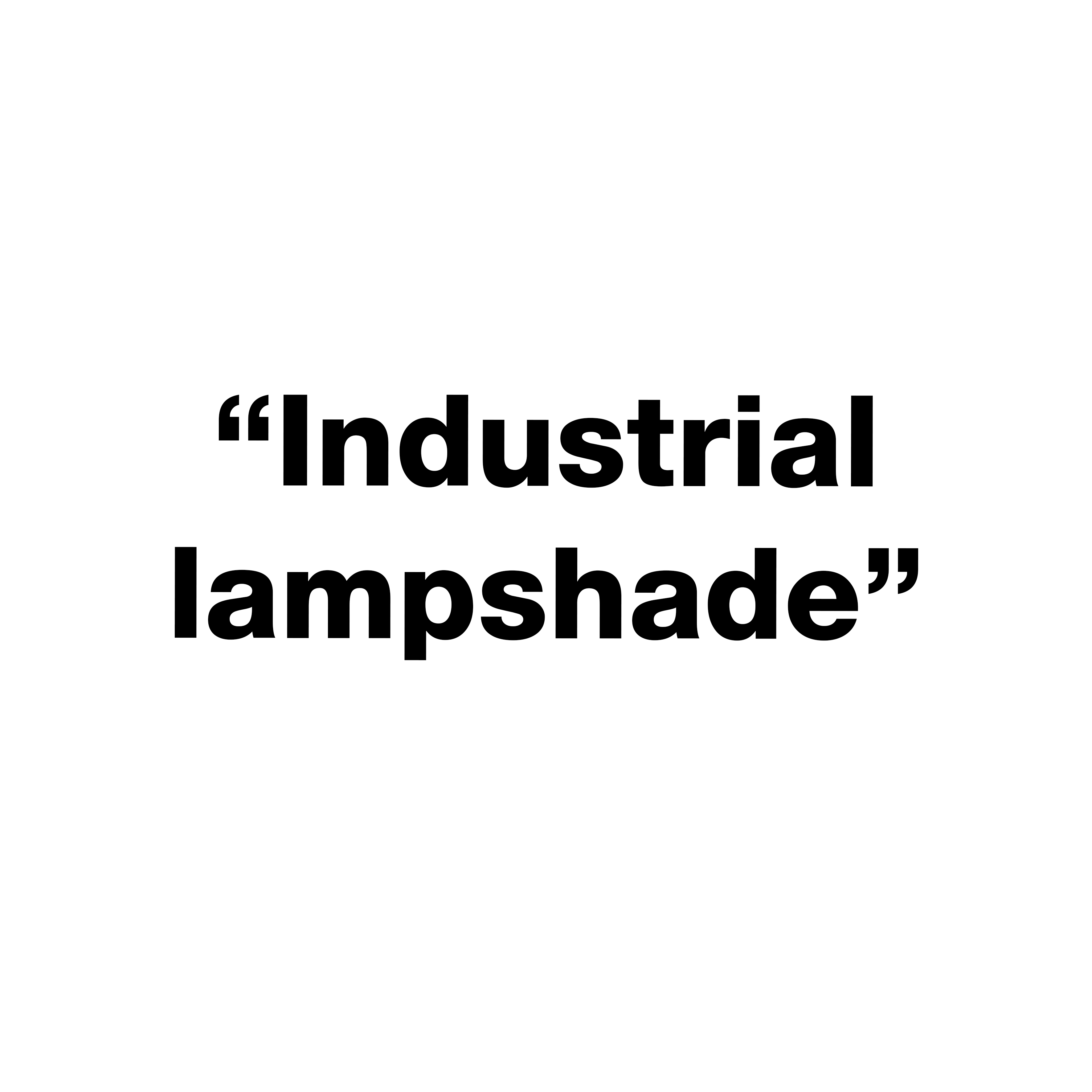




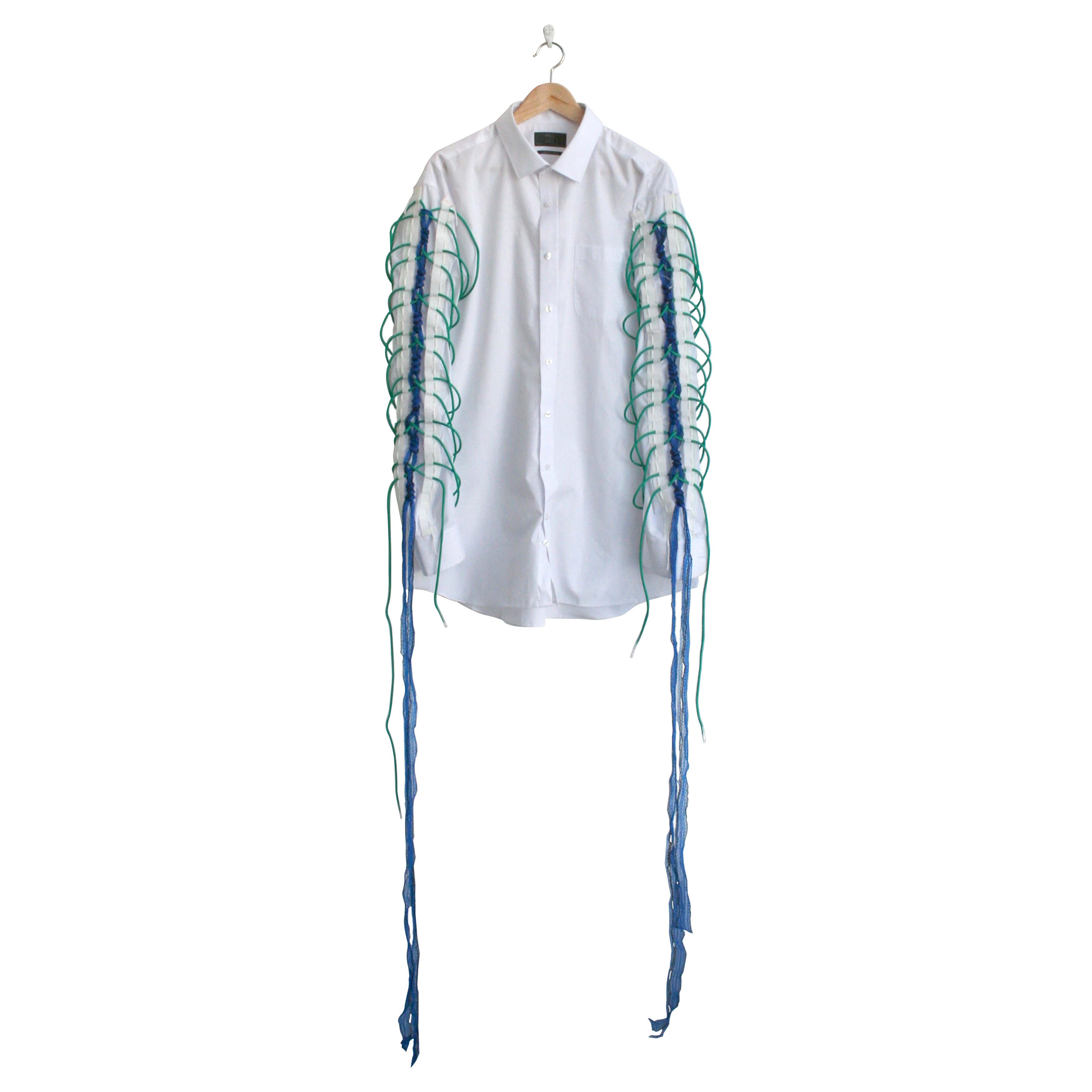




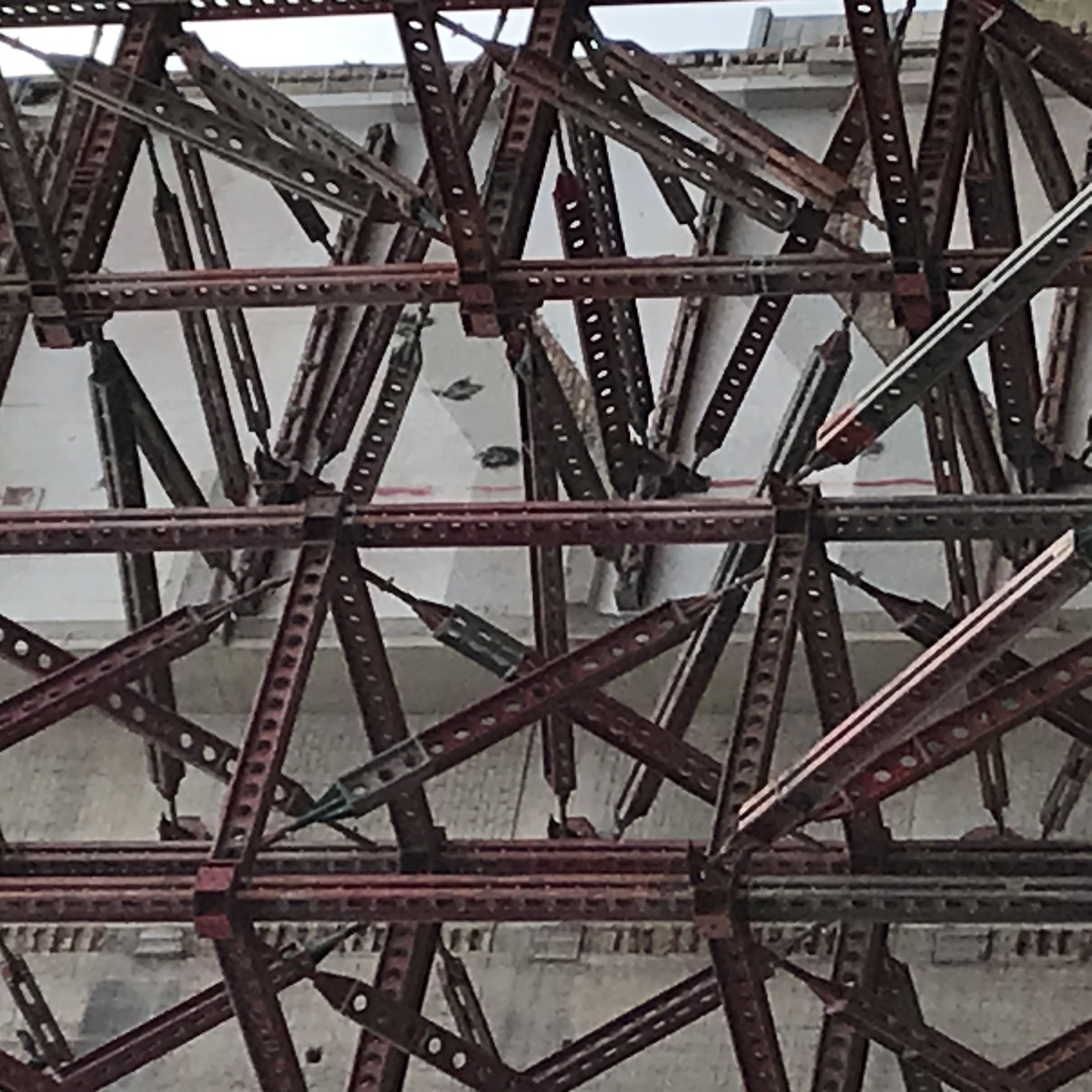
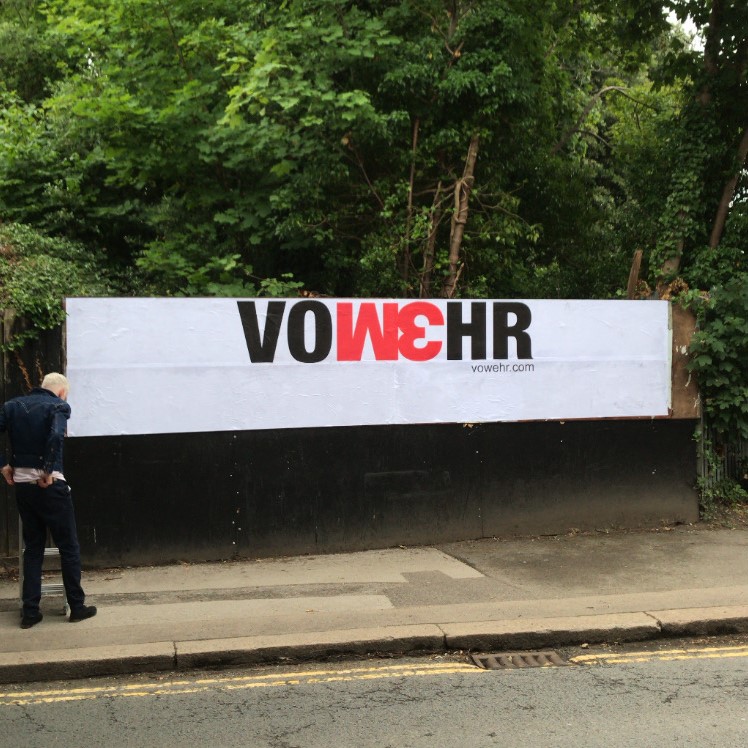

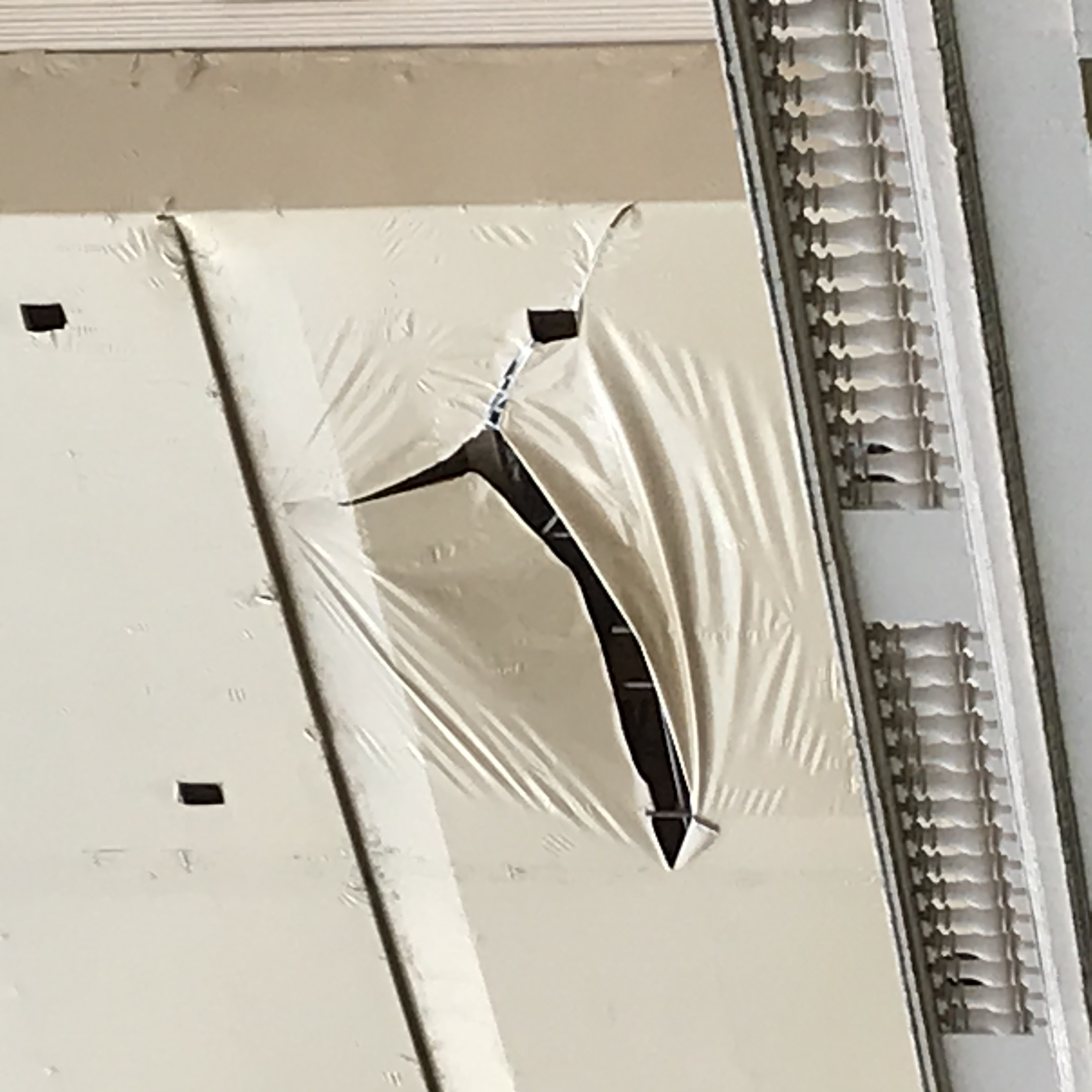

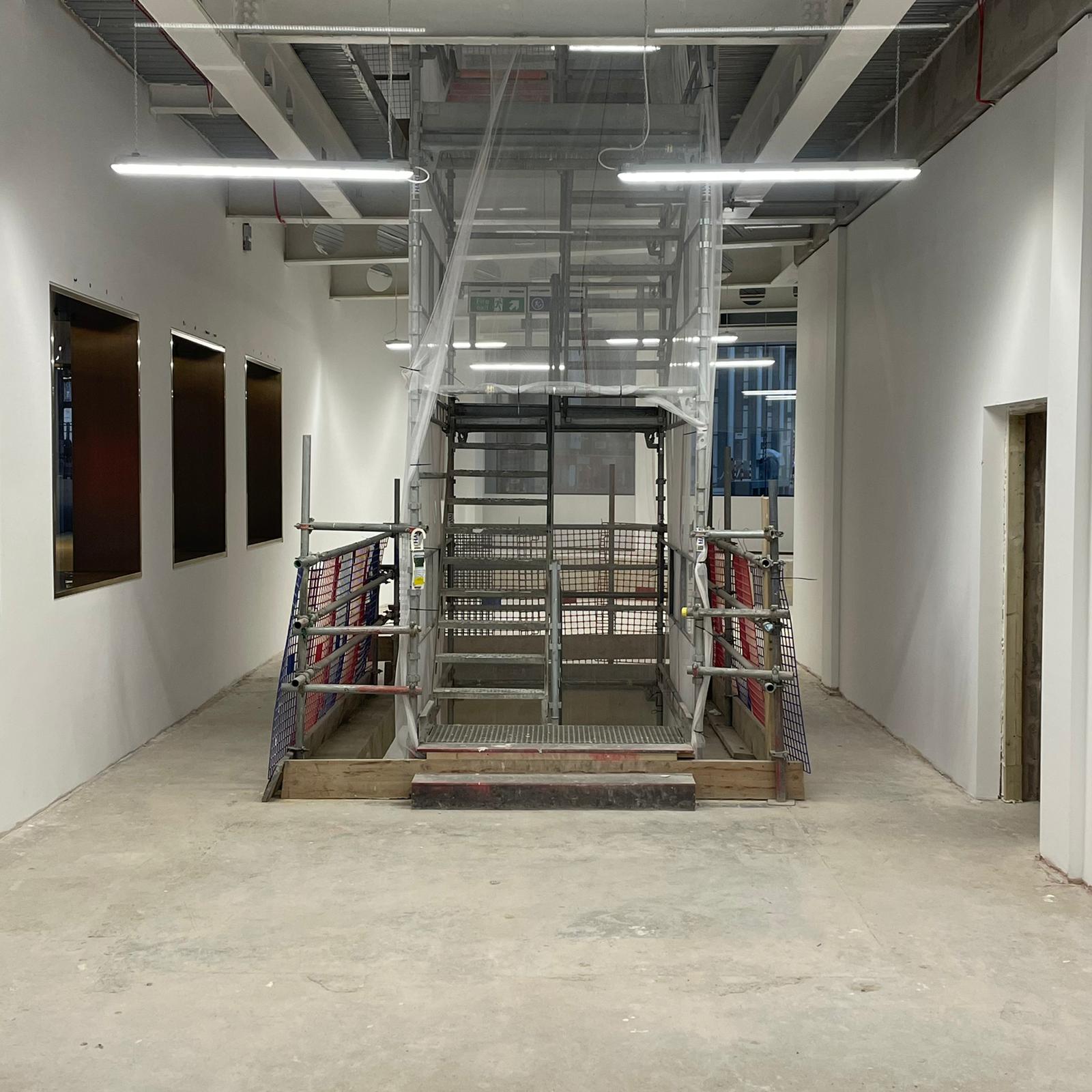
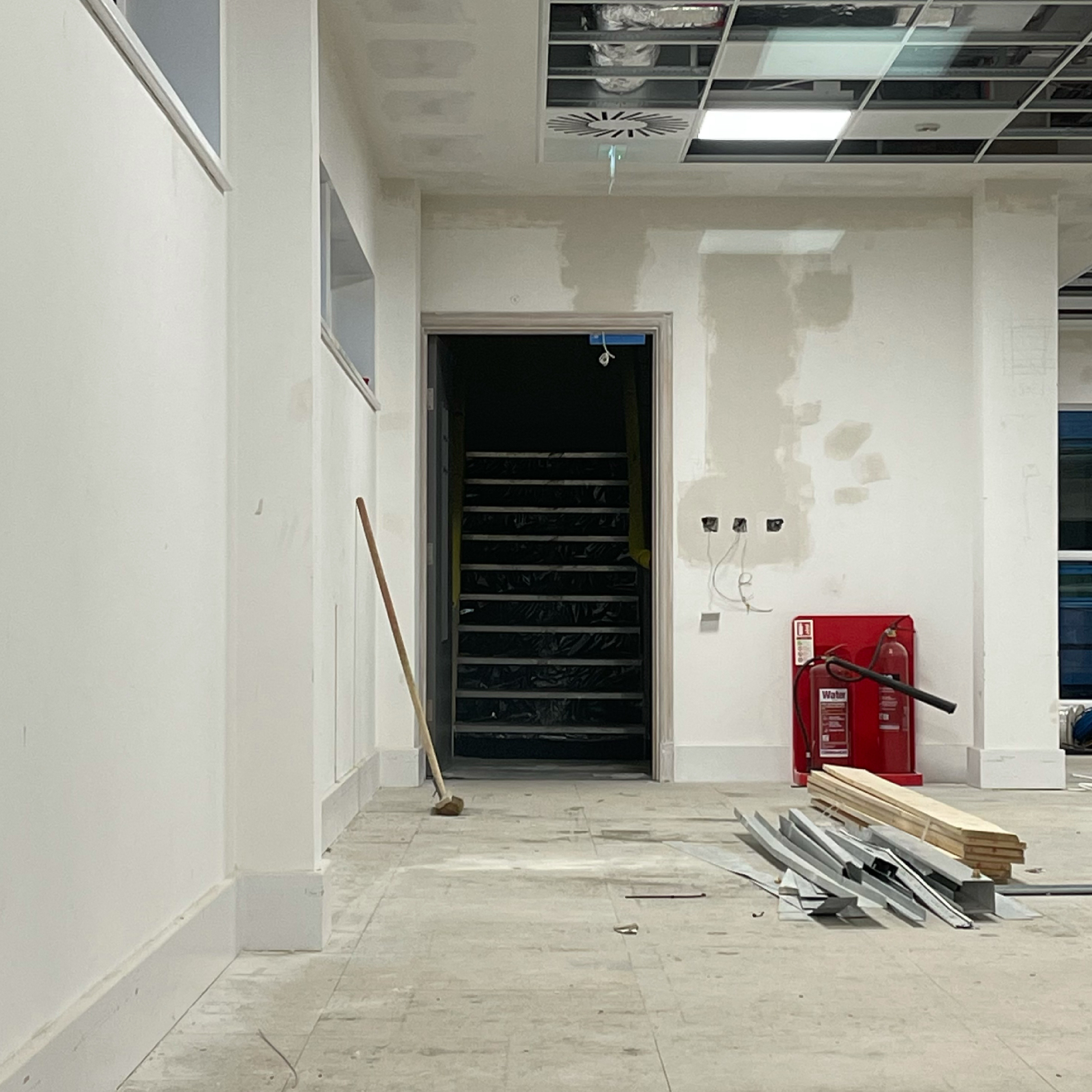
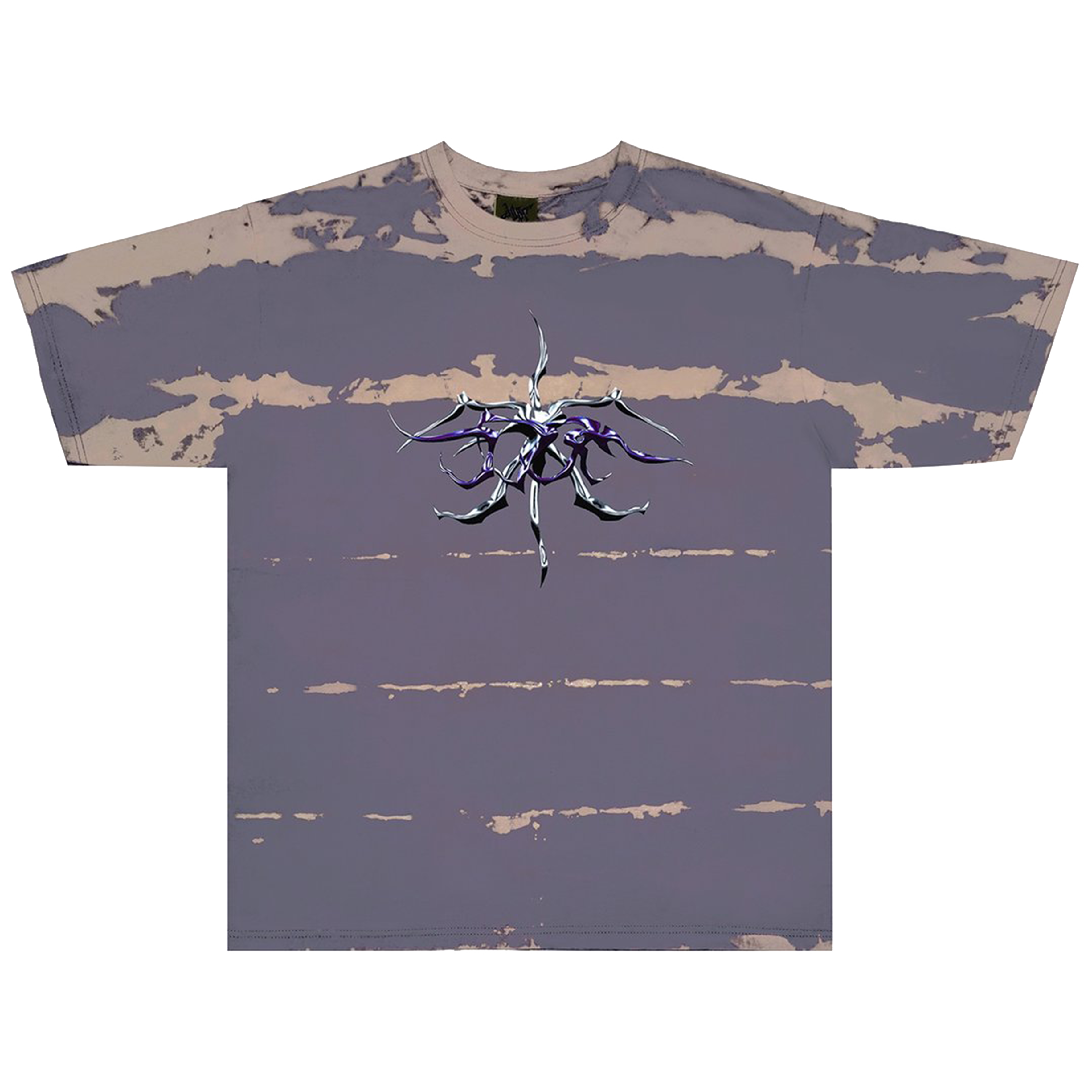

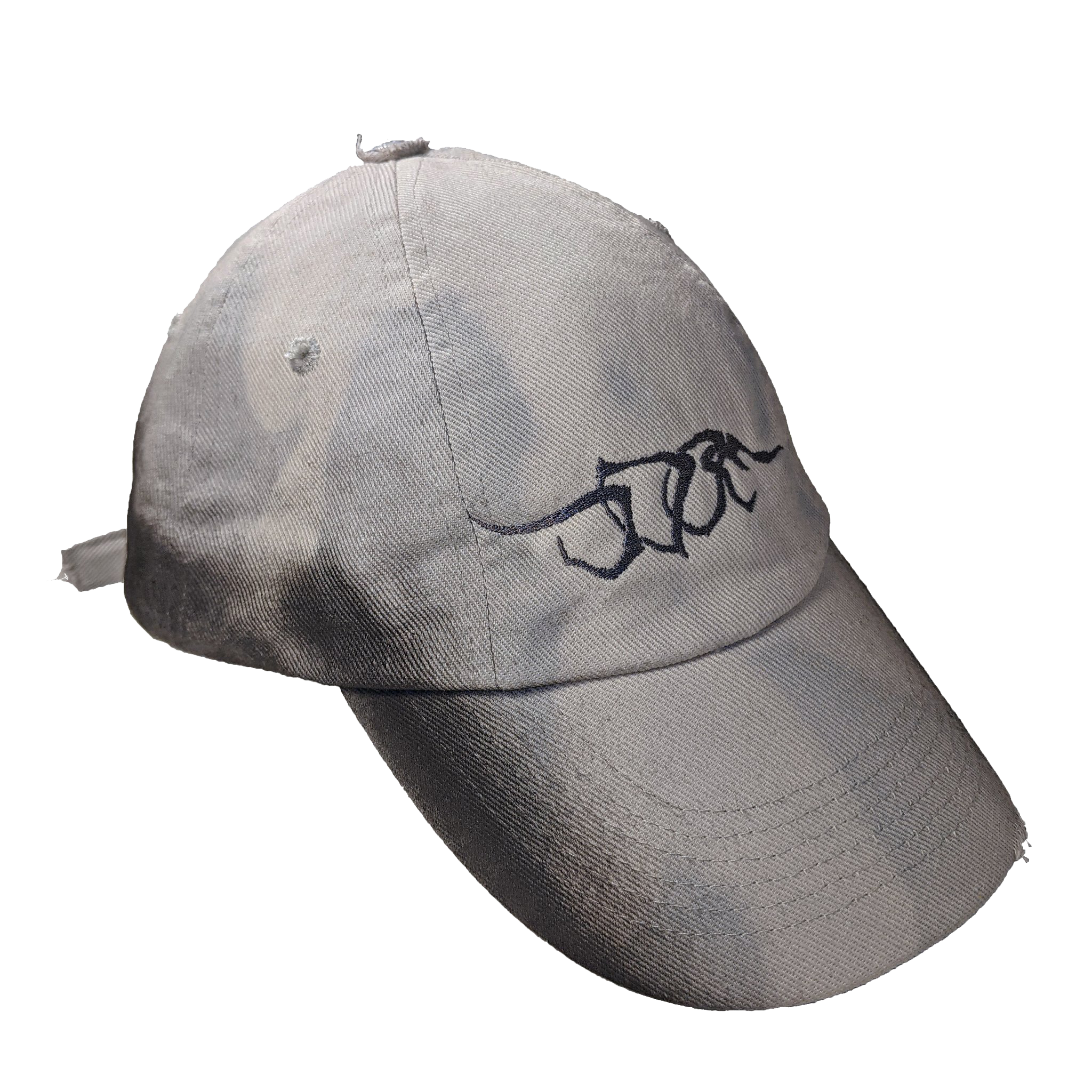
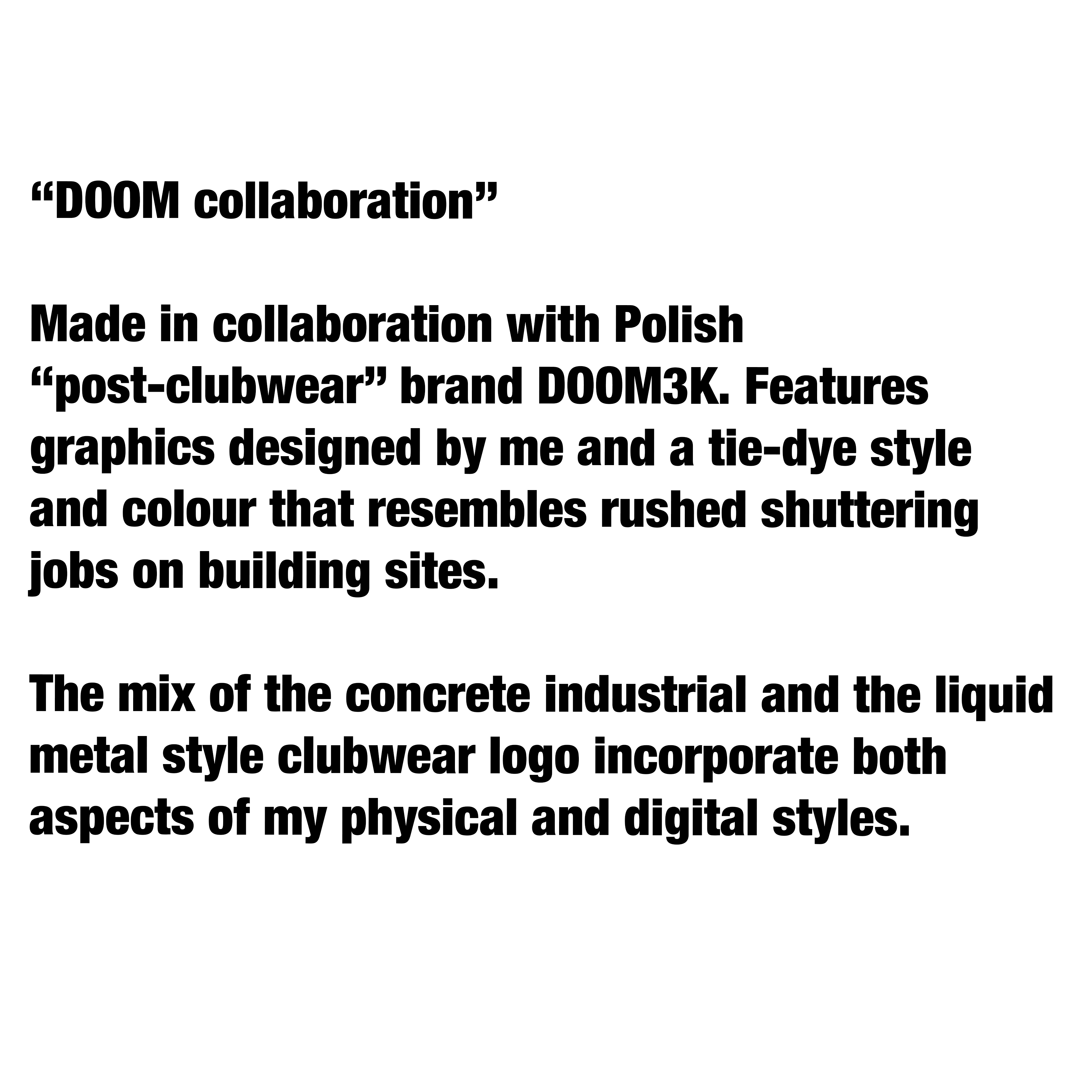
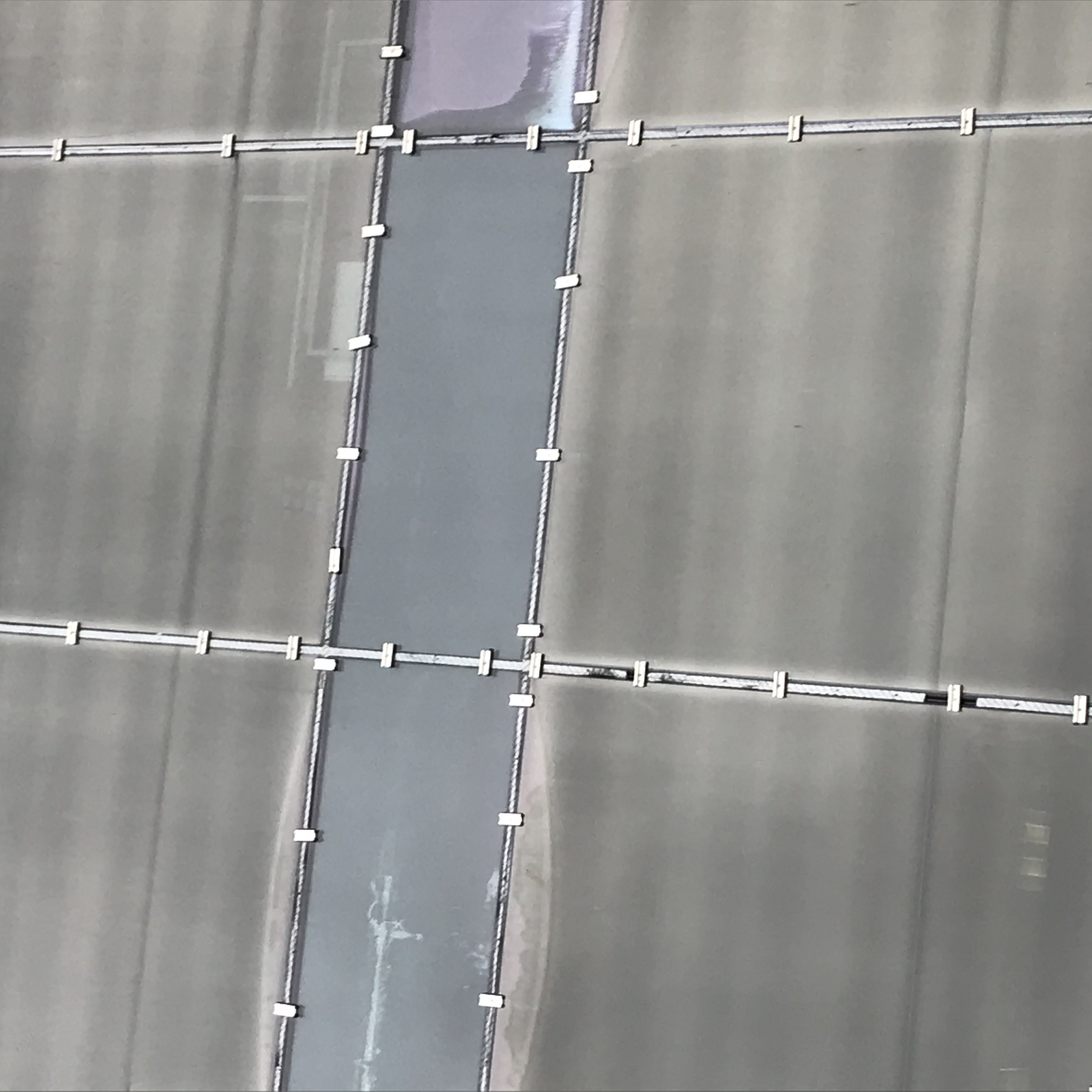
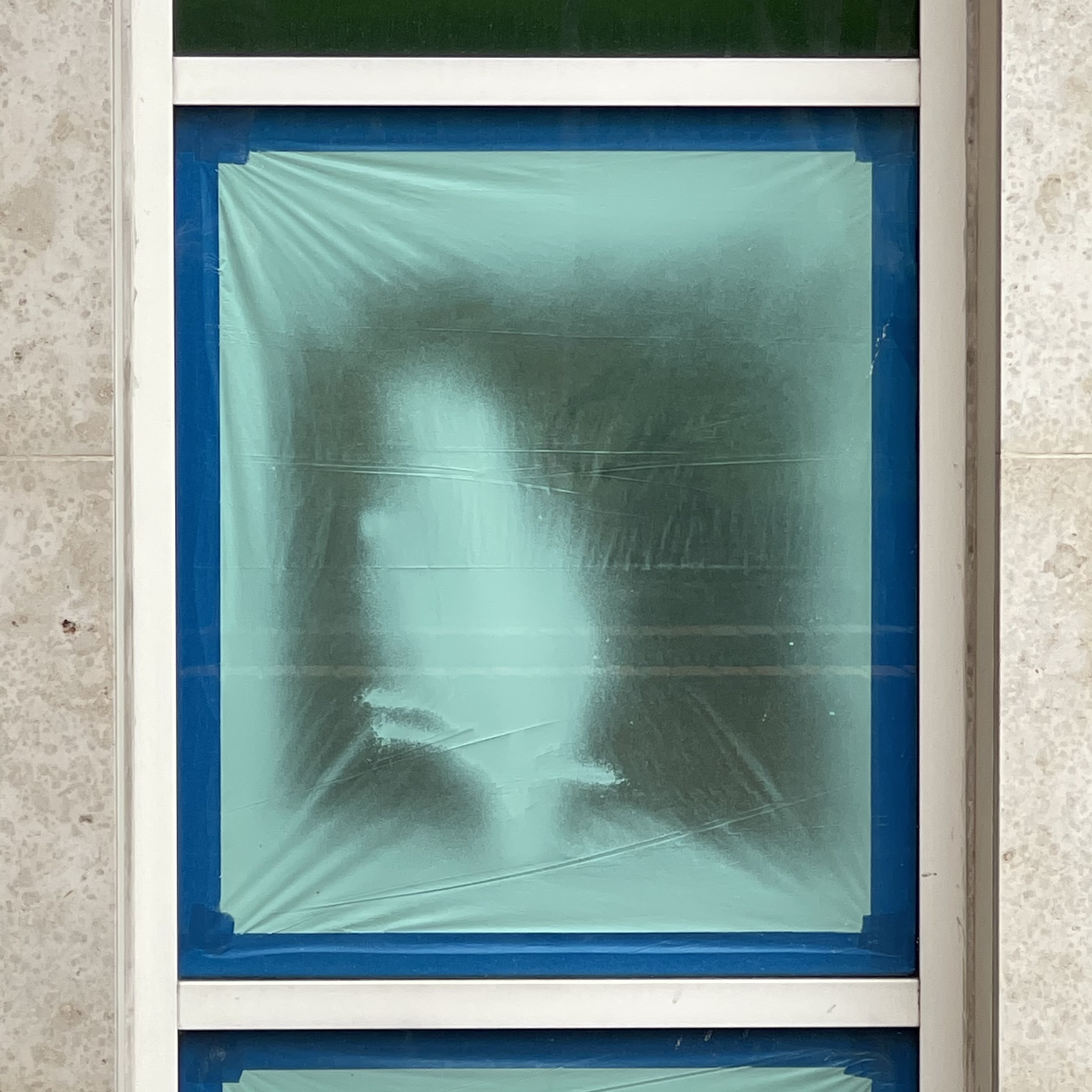
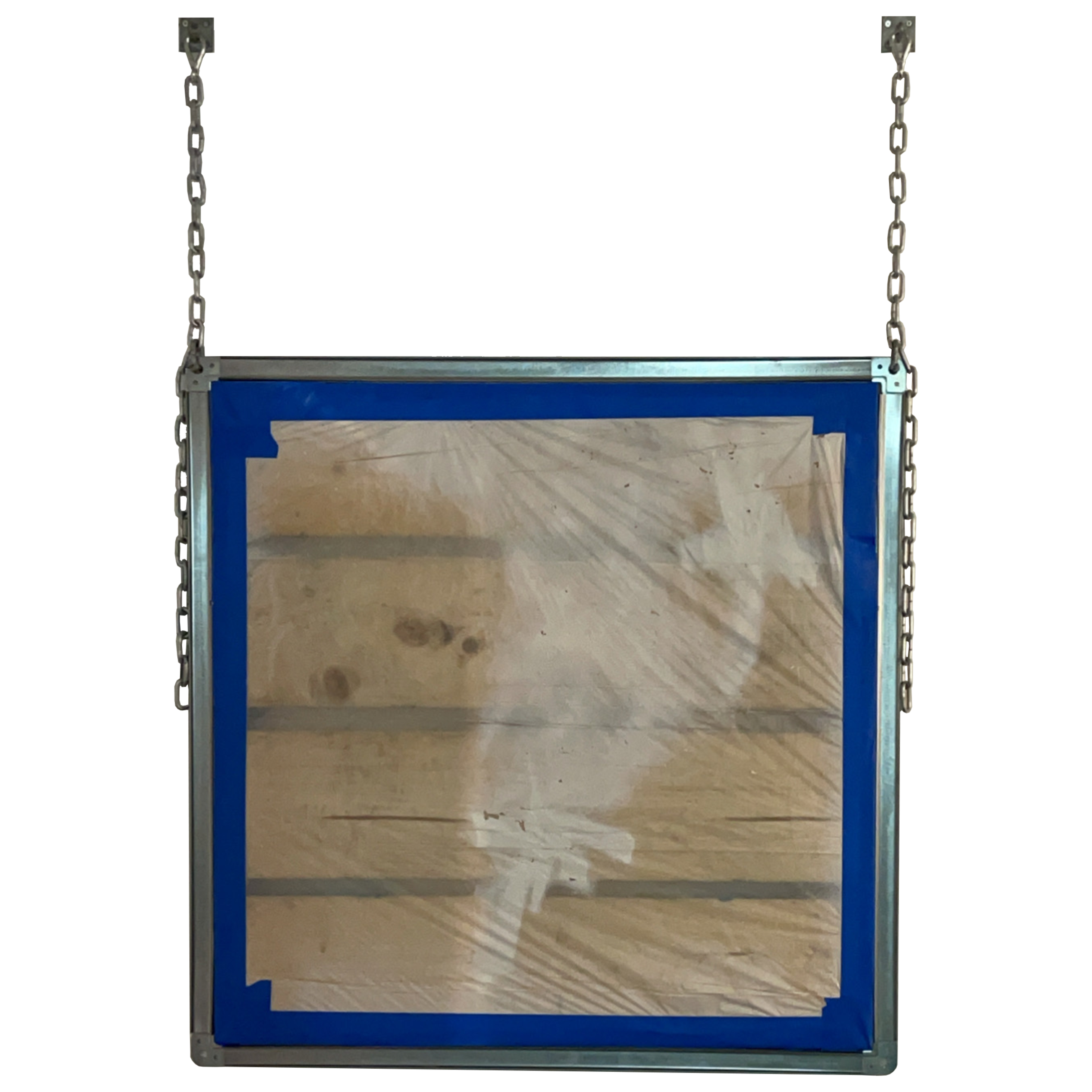


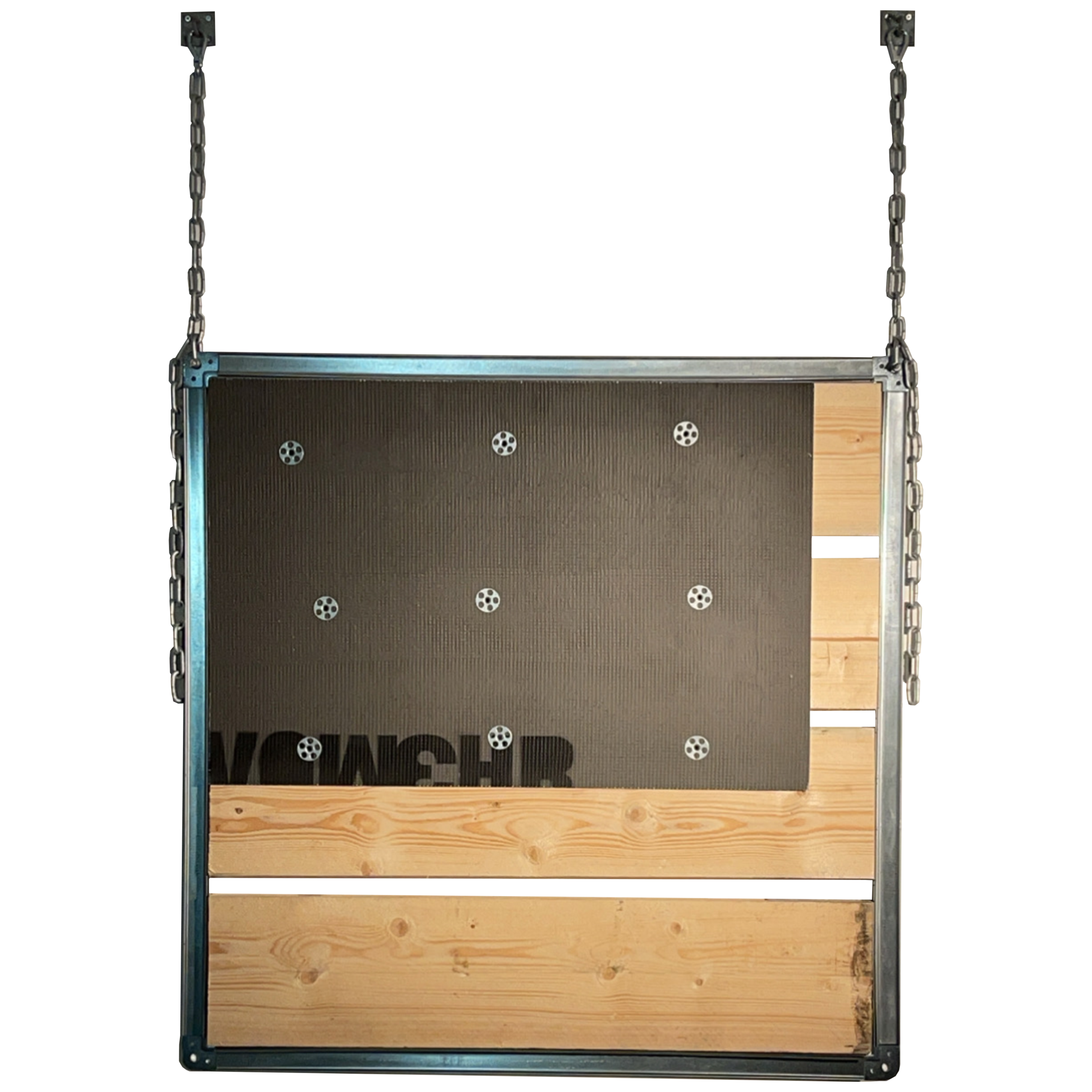
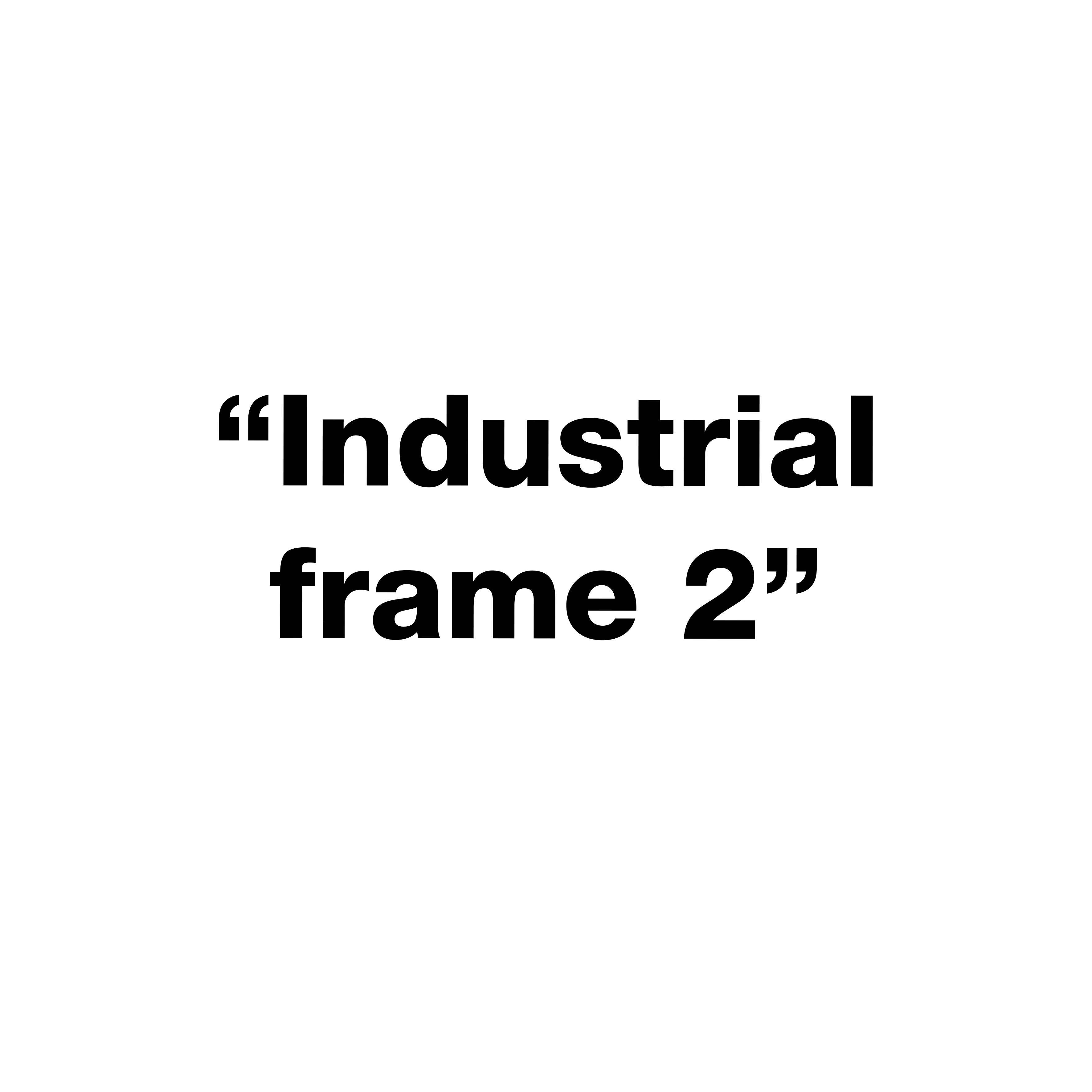
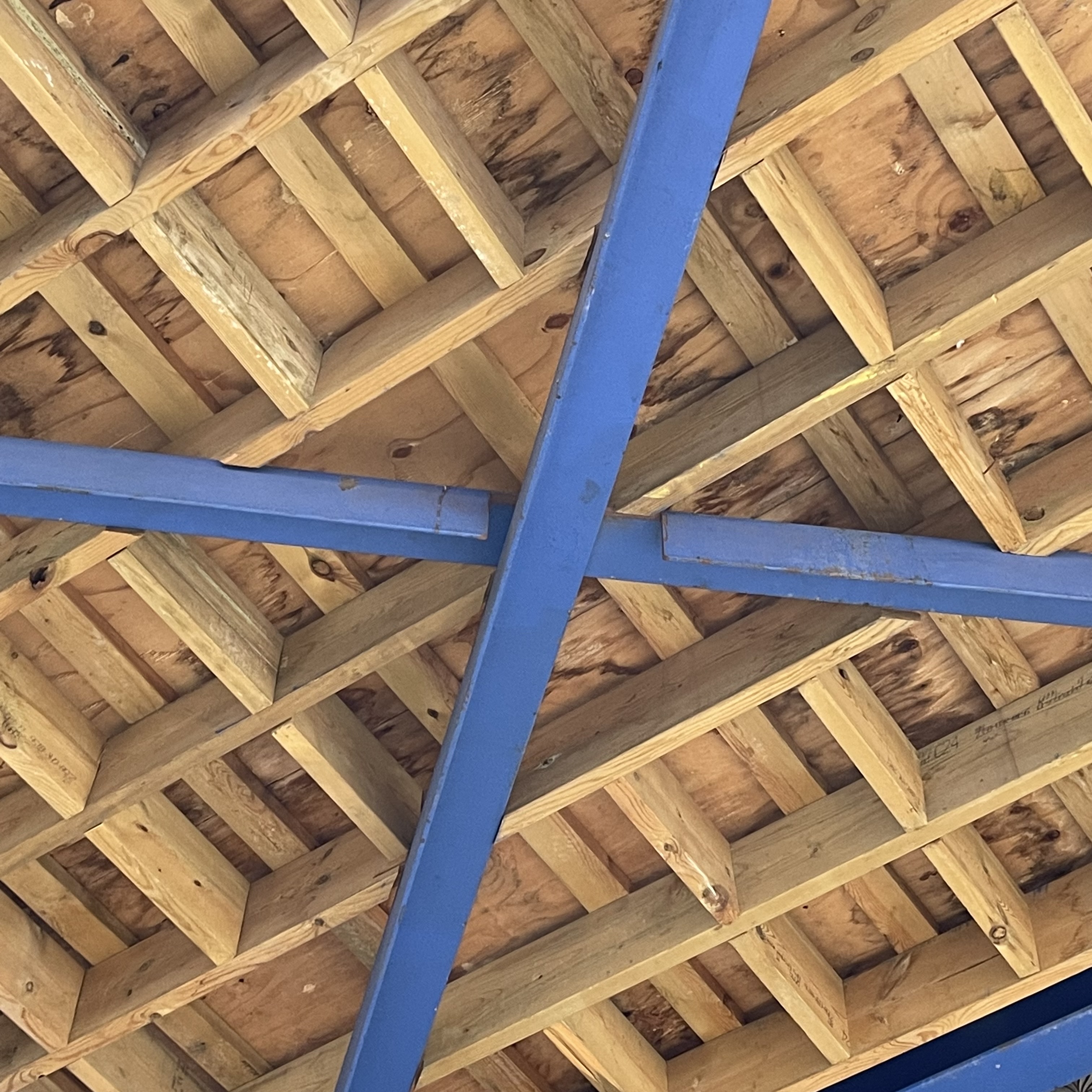
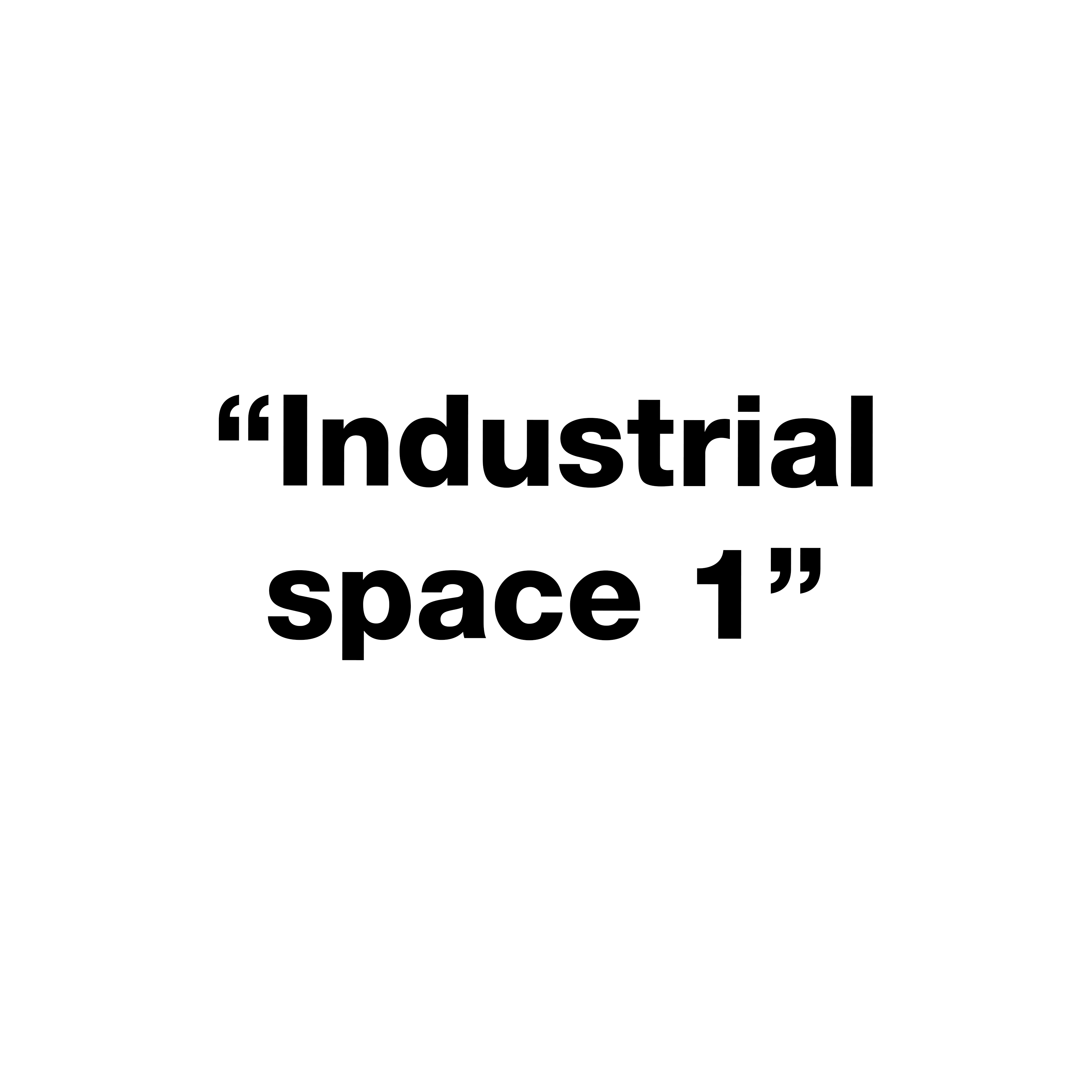

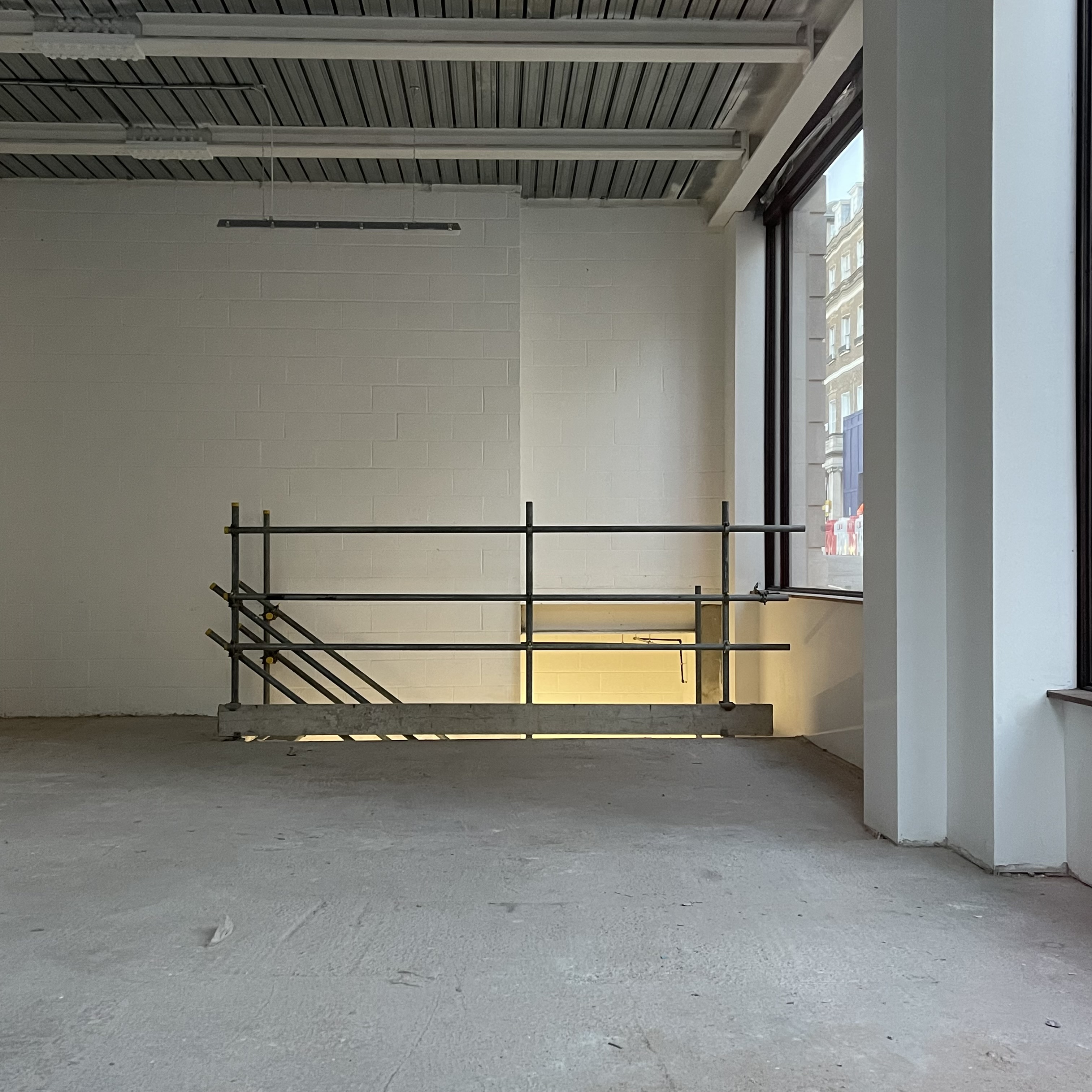













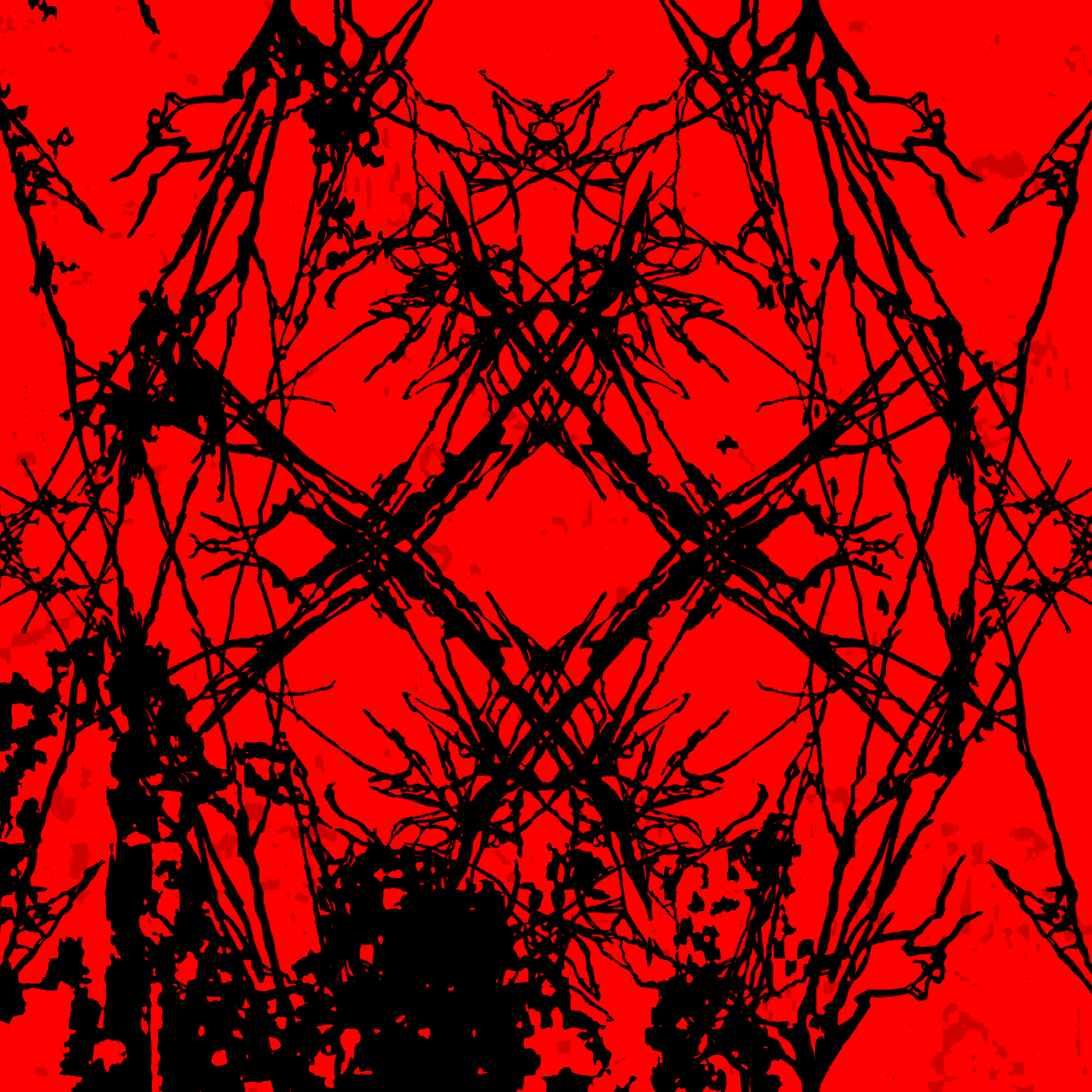
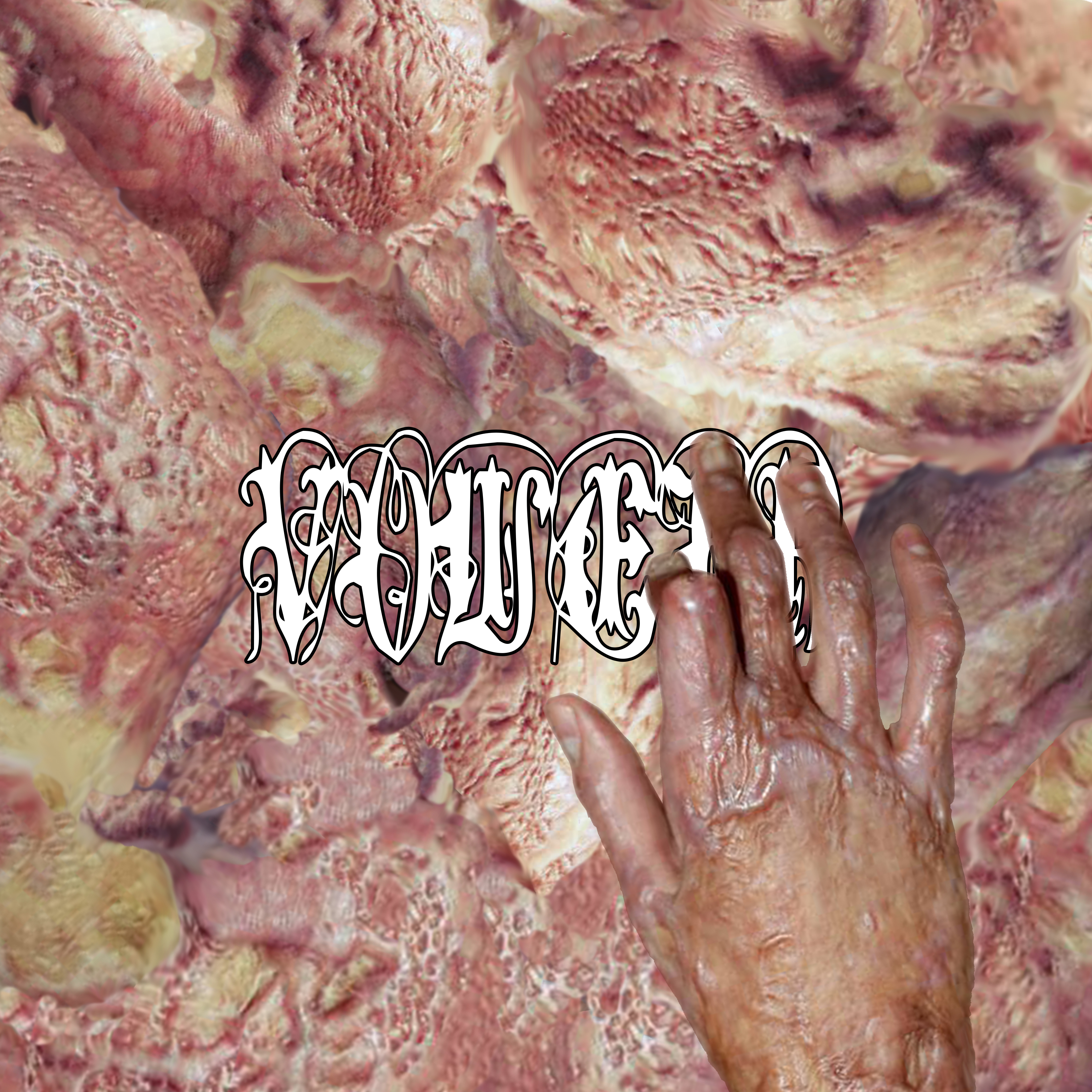
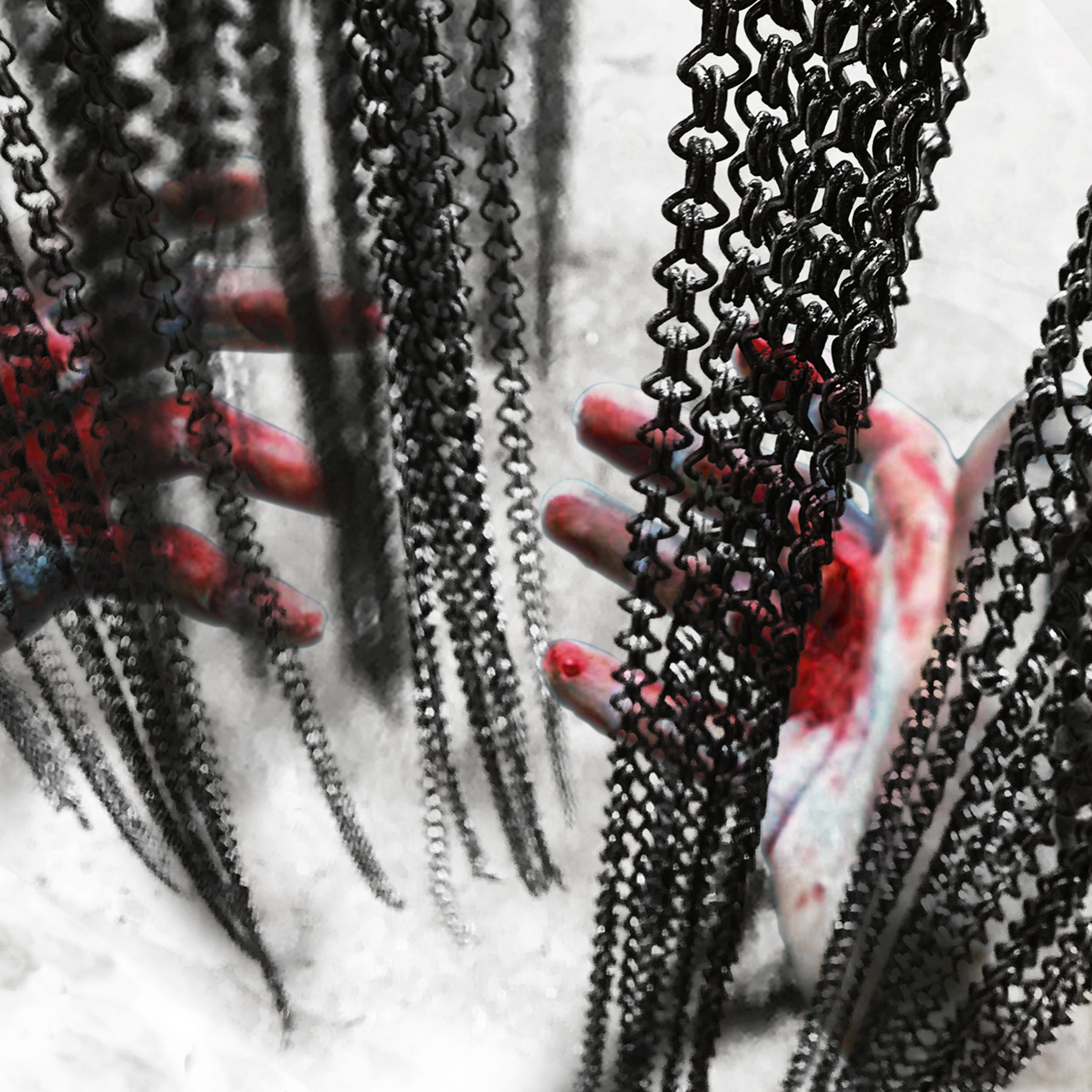




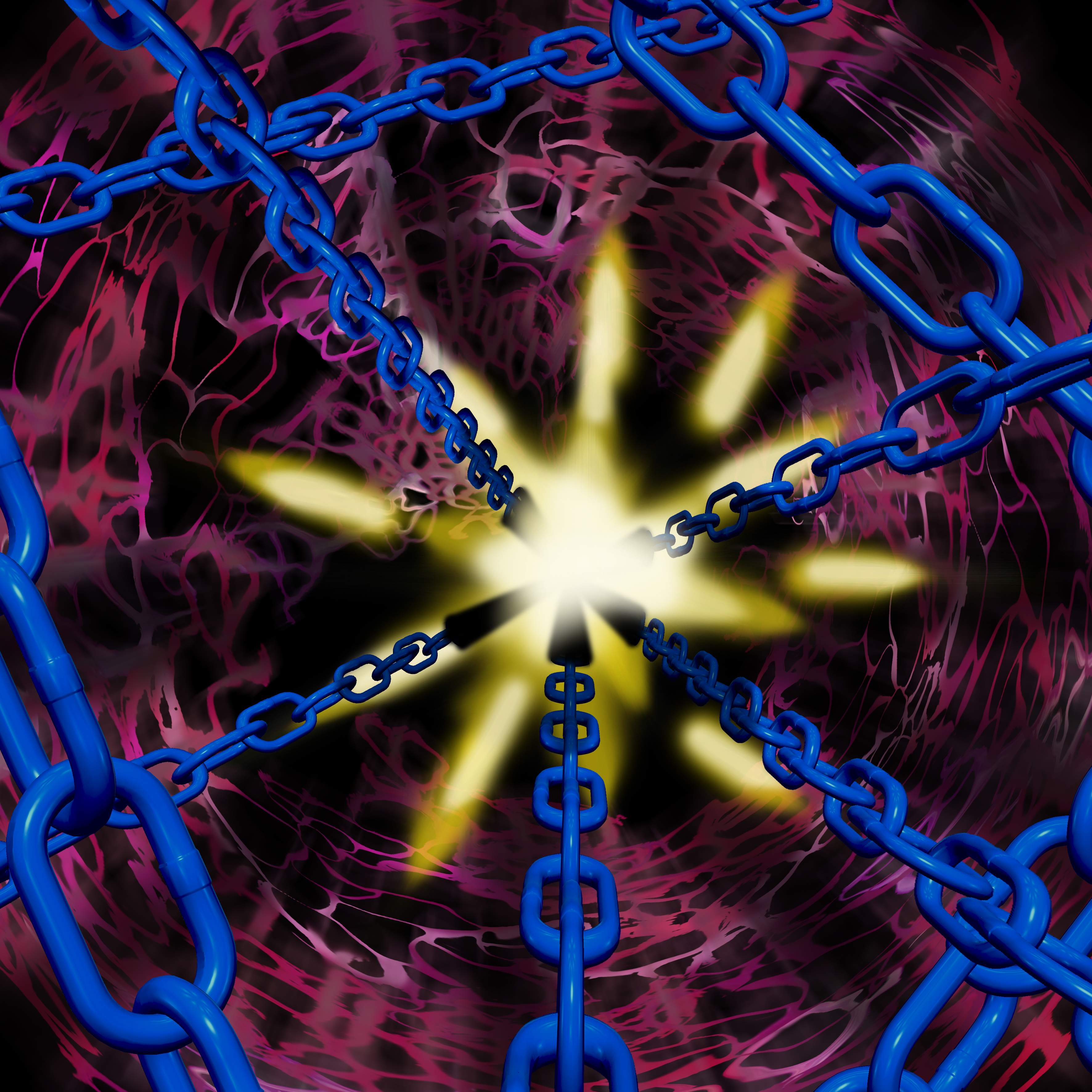
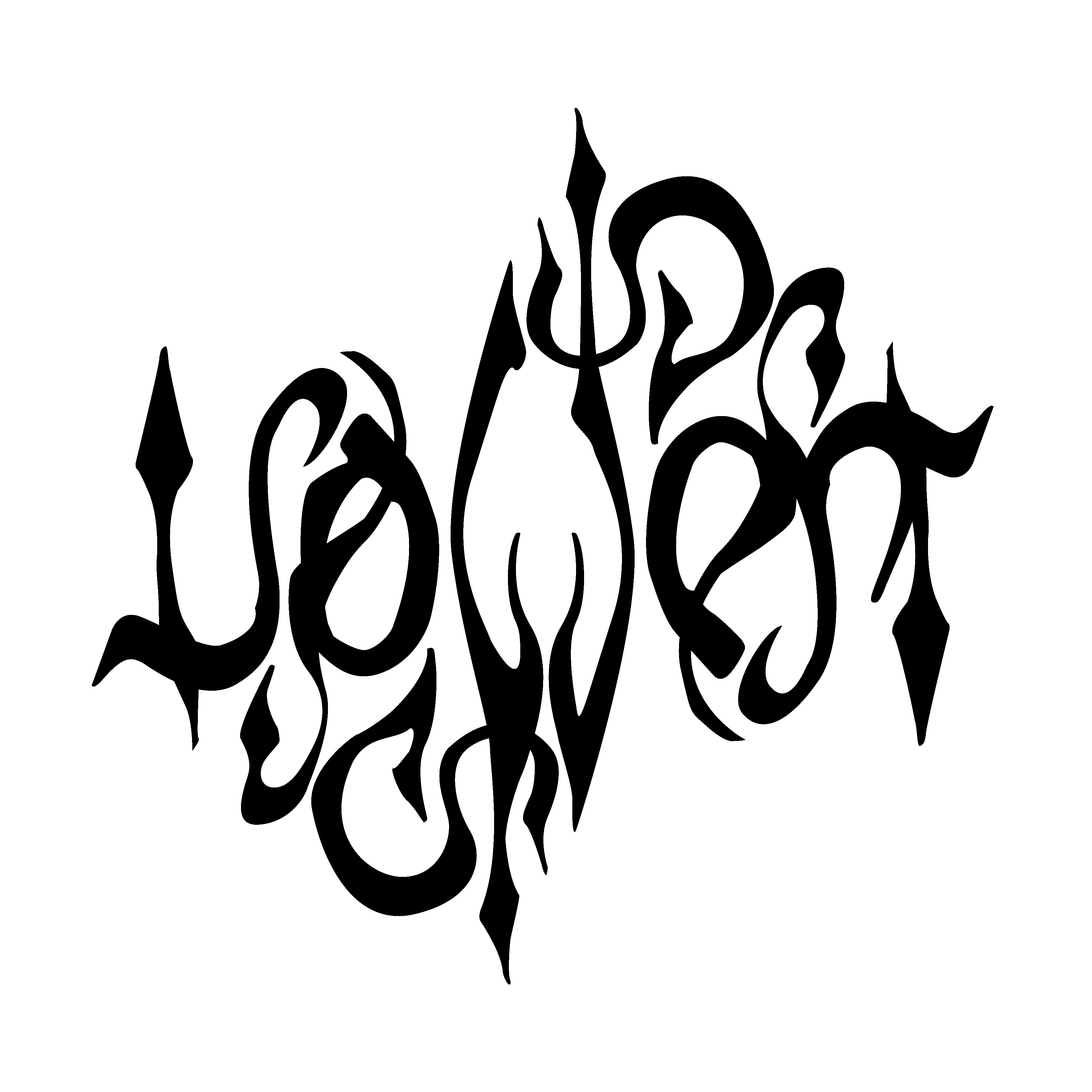
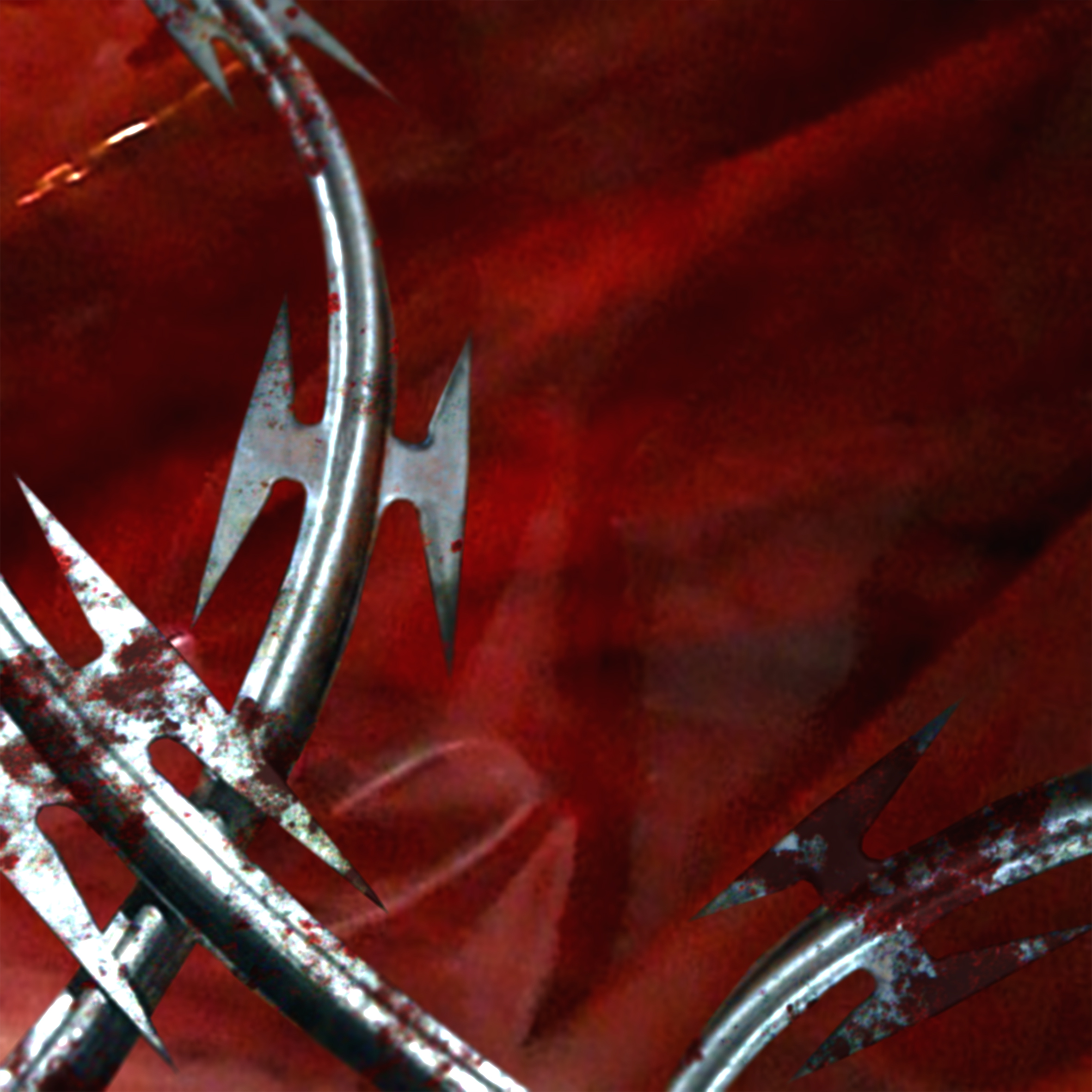


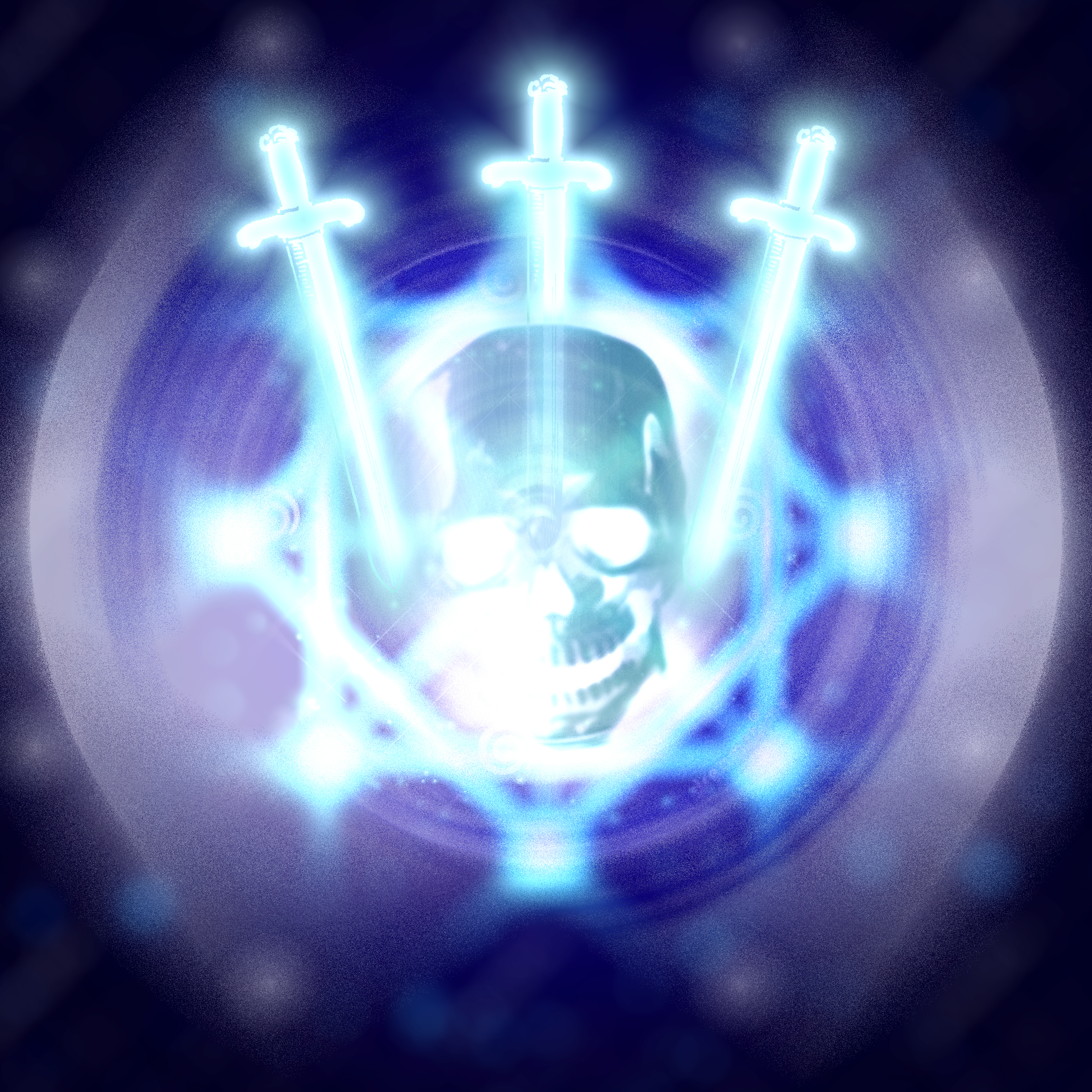
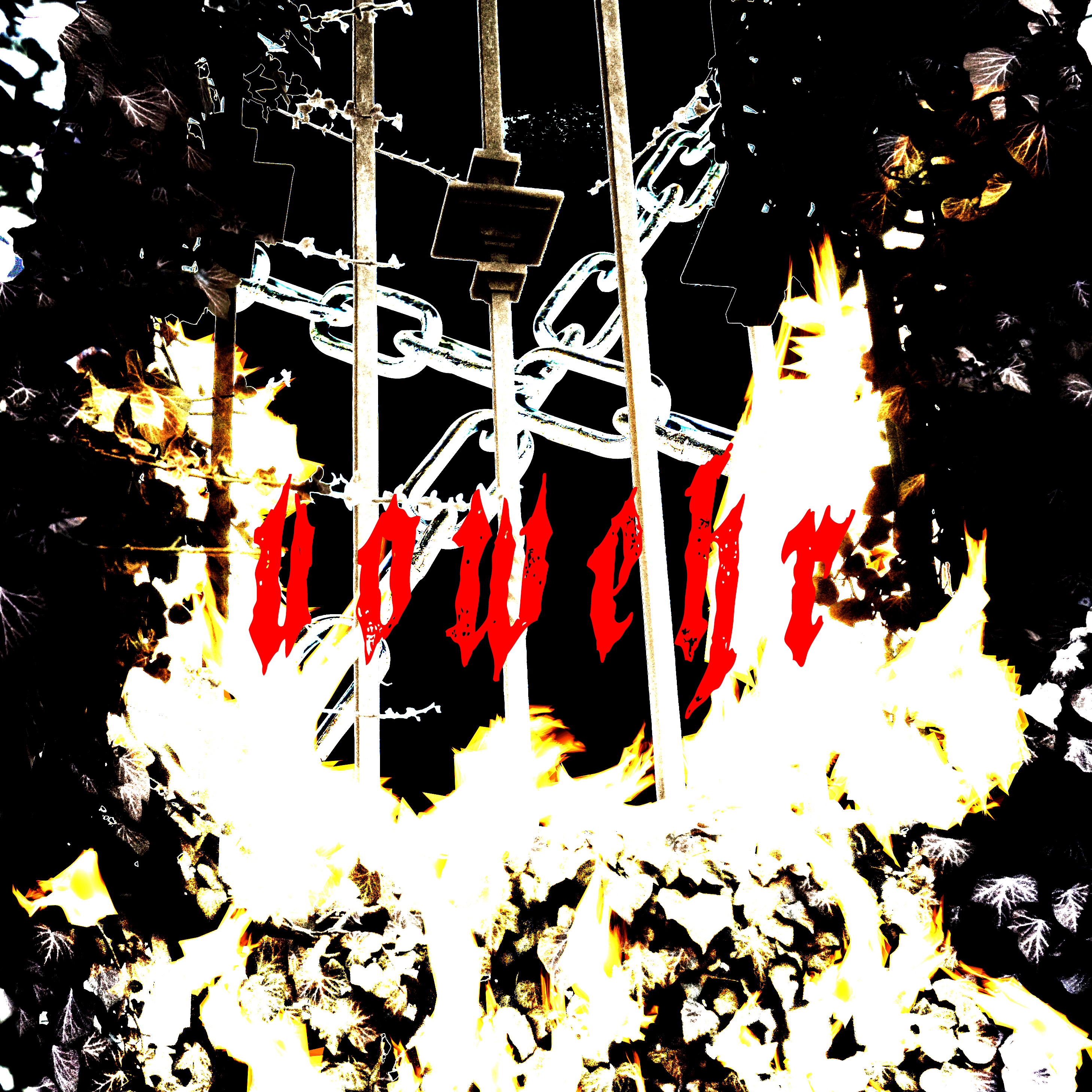




Although sharing the same name, vowehr digital art is very seperate to vowehr industrial design.
The aesthetic is inspired by deep trauls of internet image searching. I would use found images as inspiration and even distort and repurpose them into a texture or a background.
The aesthetic is inspired by deep trauls of internet image searching. I would use found images as inspiration and even distort and repurpose them into a texture or a background.
At the incarnation of the name “vowehr” it represented my digital existence- a title to create digital art under and a set of letters I could design logos for.
Whilst I produce digital art less than I used to now that I focus on industrial aesthetics, it illustrates my effective use of the Adobe Suite and my eclectic sources of creativity.
Whilst I produce digital art less than I used to now that I focus on industrial aesthetics, it illustrates my effective use of the Adobe Suite and my eclectic sources of creativity.
2022, Square archway made of aluminium OPTI® Trilite® 200 Series Triangular Truss base, and timber tiling batten frame,
clad in Tyvek® FireCurb® breather membrane and Ambex® Surface Protection sheets




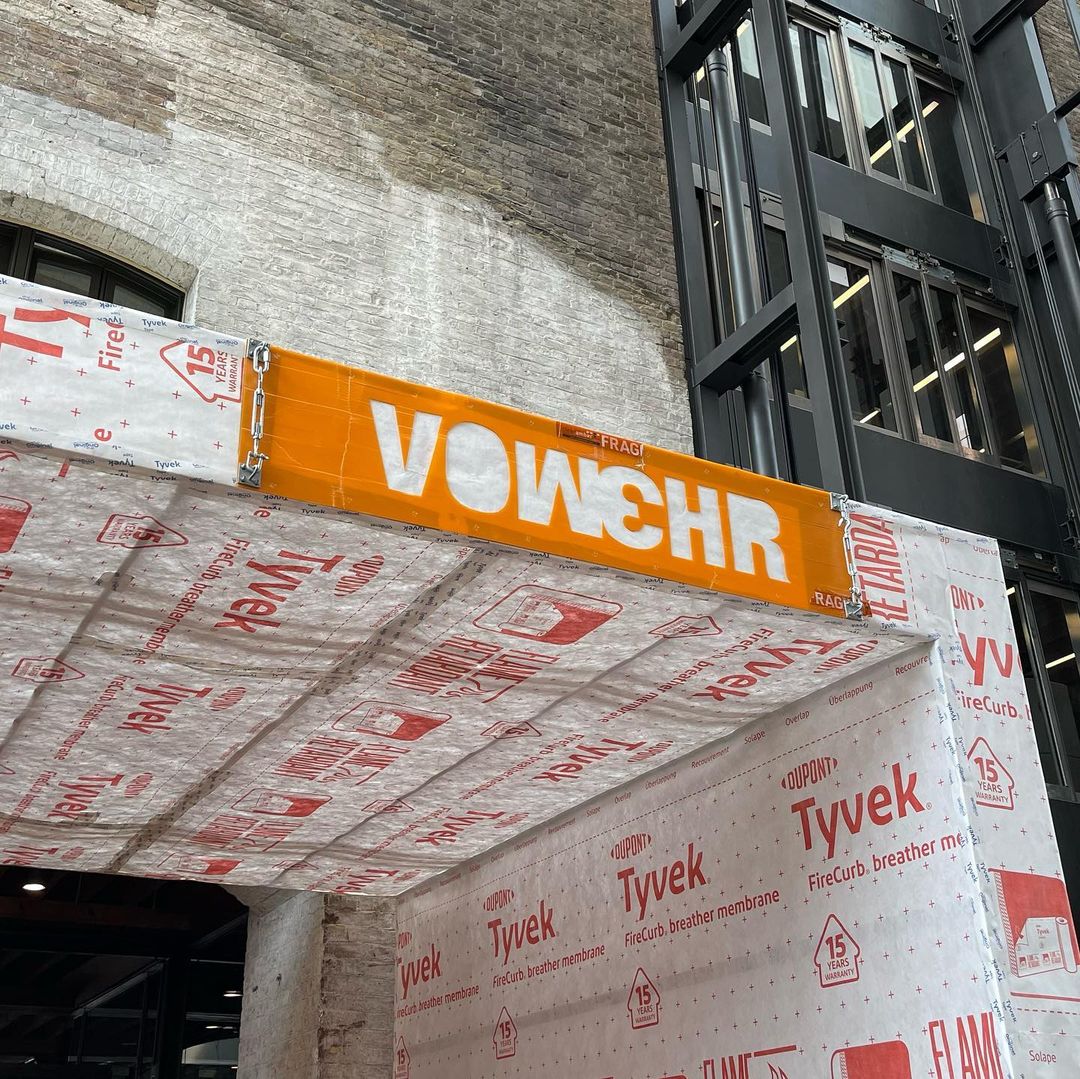


Industrial Space 3
Industrial Space 3 fades into the existing architecture of the CSM building. It resembles a construction site and implies there is new architecture to be added to CSM. I observed the audience reaction (or lack thereof) to this piece, especially during the first two open evenings wherein most attendees were students or in a creative industry. There seemed to be little attention paid to it at all. I had forecasted this a month earlier- when in my dissertation I used research into Brutalism and High-Tech architecture styles to explore peoples’ determination of value.
In the ethics of Brutalism laid out by the Smithsons, the honesty of construction and of construction materials was paramount to (at least the beginning of) the movement. Yet High-Tech never grew into the cultural zeitgeist as Brutalism did and yet it had similar interests in displaying construction as an exterior aesthetic. High-Tech’s use of industrial archetypes was too relatable to subconscious feelings of “construction”/“unfinished”/“warehouse”/“factory”. Its an interesting situation where-in though that you may wear “Hi-Vis” orange, you actually become less visible because of what this connotes with the general public.
As the son of an Architect, I have become hyper-aware of buildings during construction and destruction. I find these transient stages often to be the more interesting and aesthetically unappreciated phases of a building’s life cycle.
So, why did attendees not notice my work? Why do we only see a building until after its completion? Why is discussion about a building’s construction or destruction only ever a prefix to what will be the “completed” building? In this time of bland, stagnant and repetitive buildings with little design quality, Industrial Space 3 attempts to bring the keen-eyed’s attention to the value of the industrial aesthetic, to the value of honest materials and the purely functional design of the construction phase.
